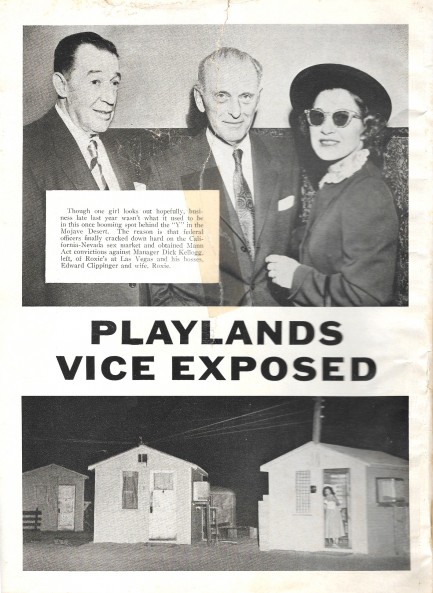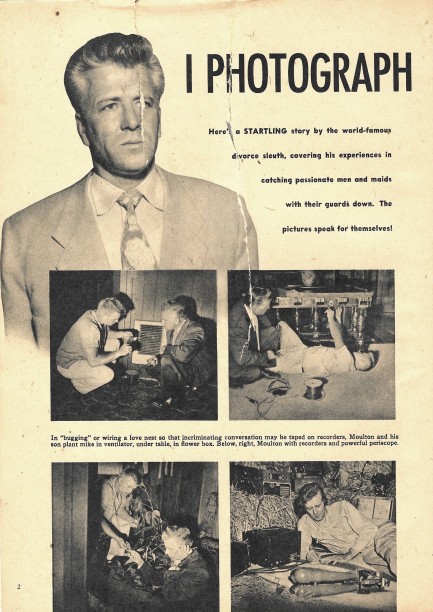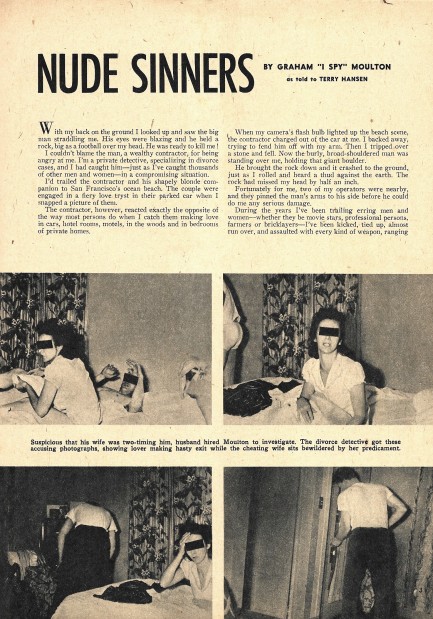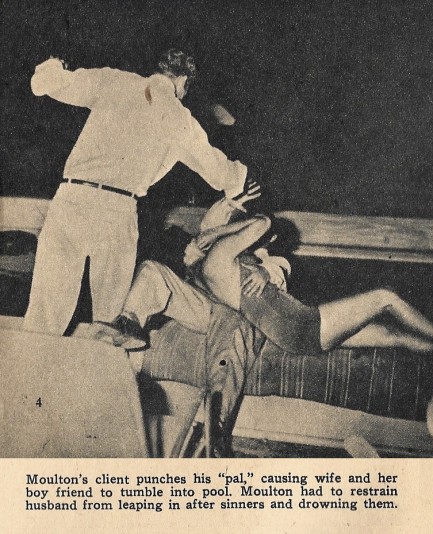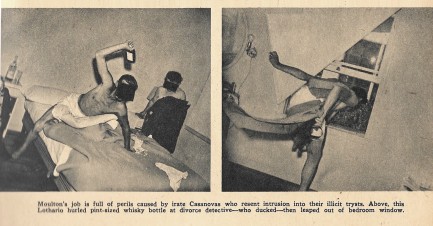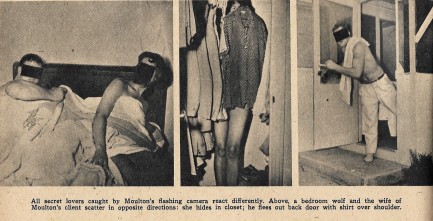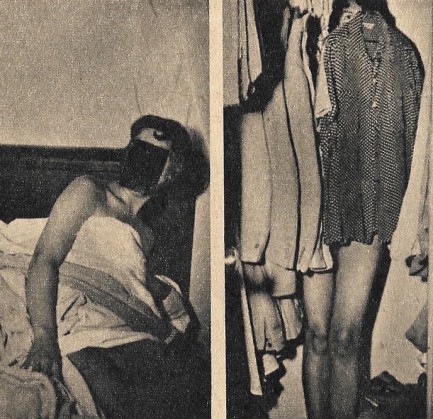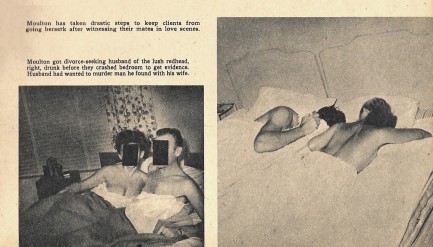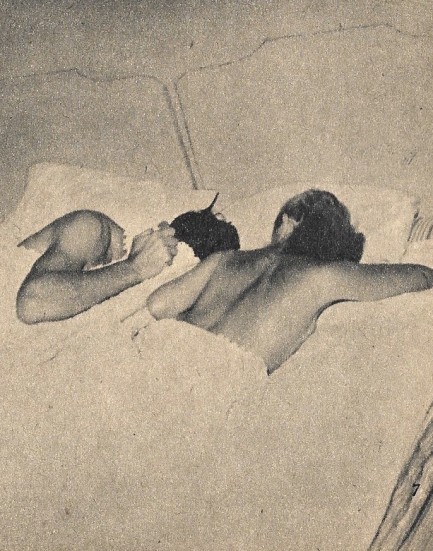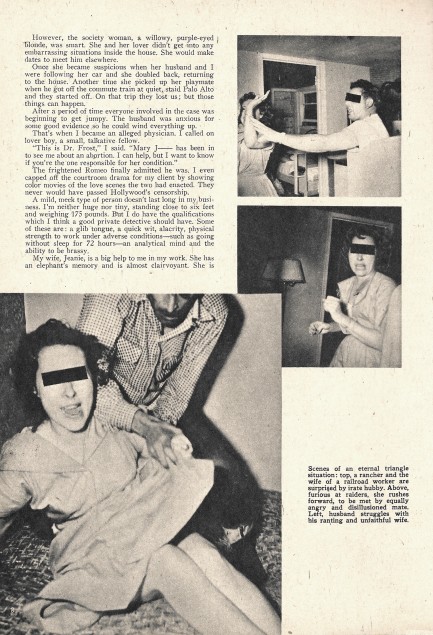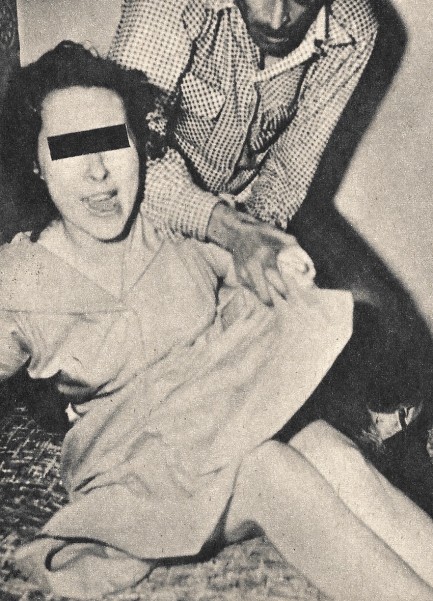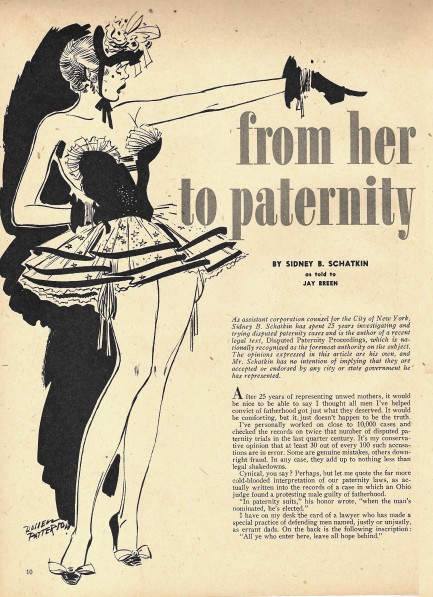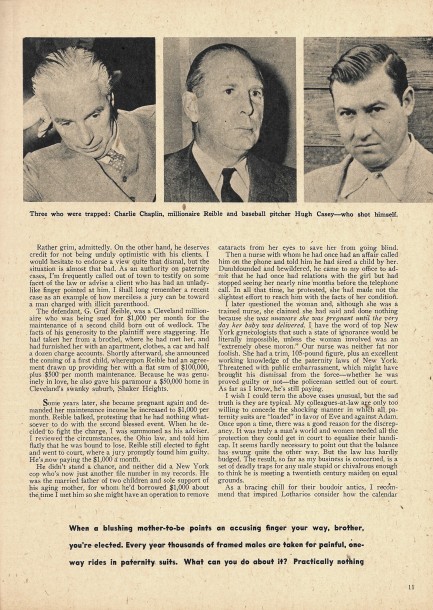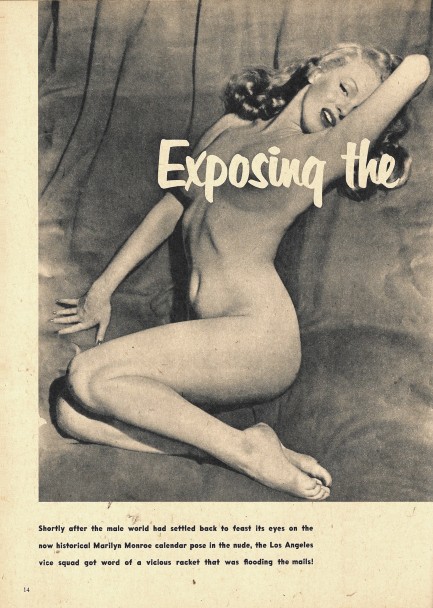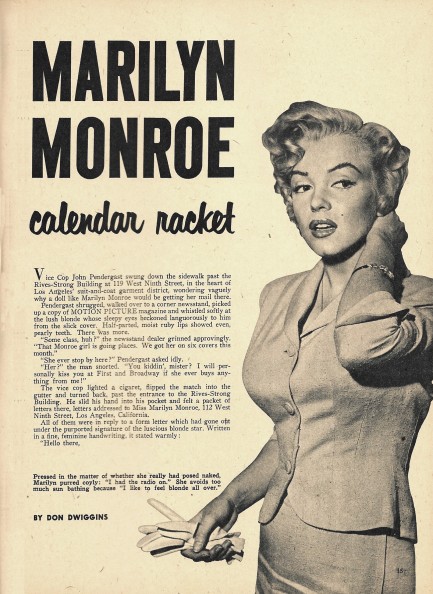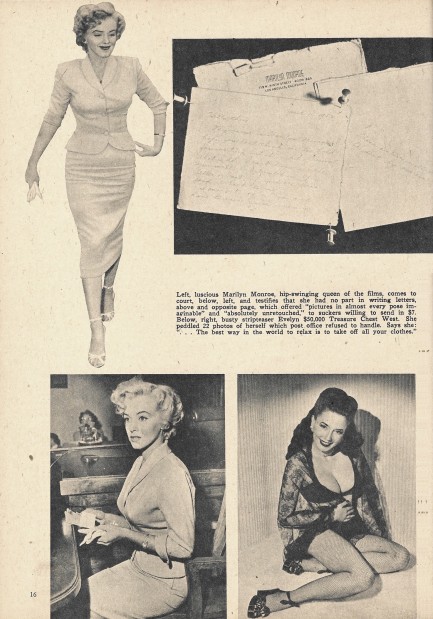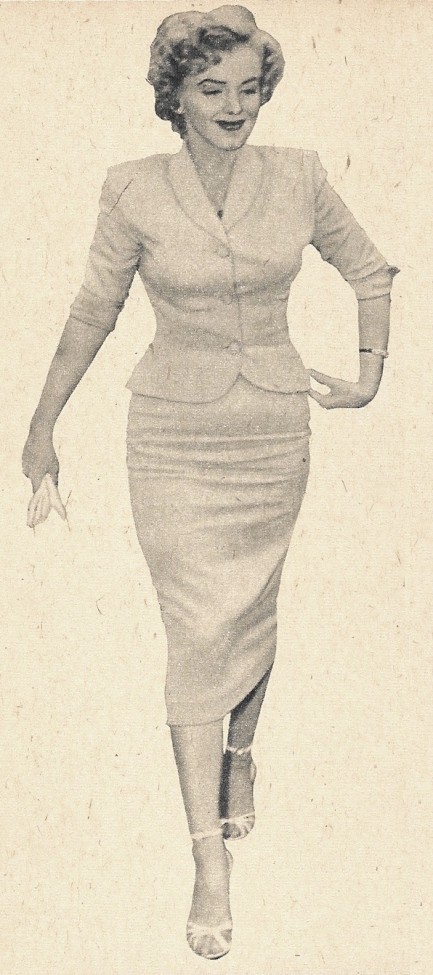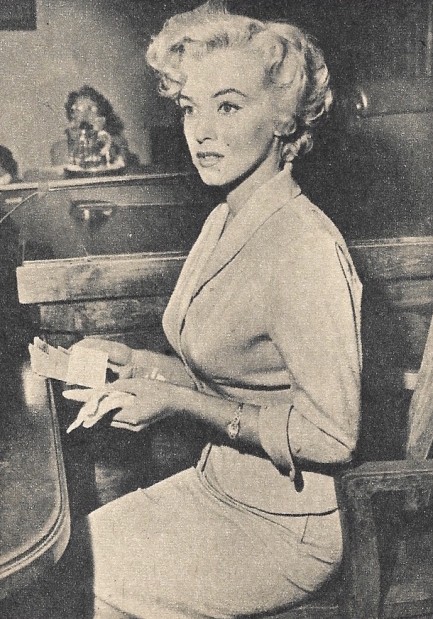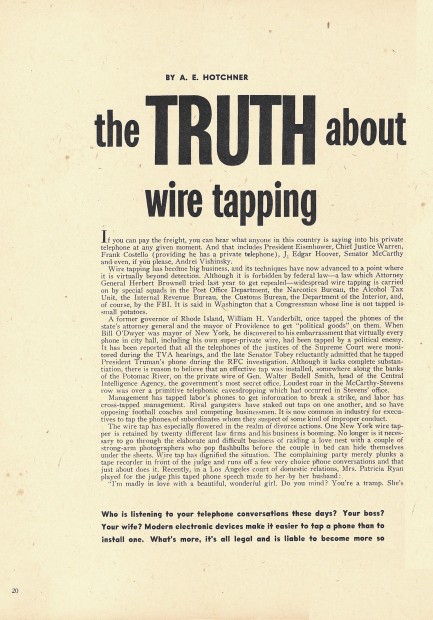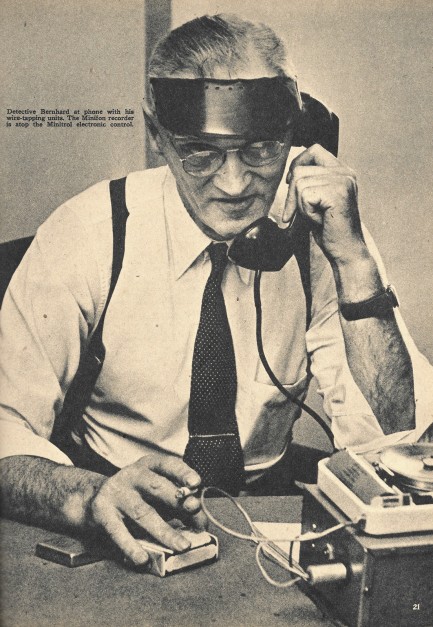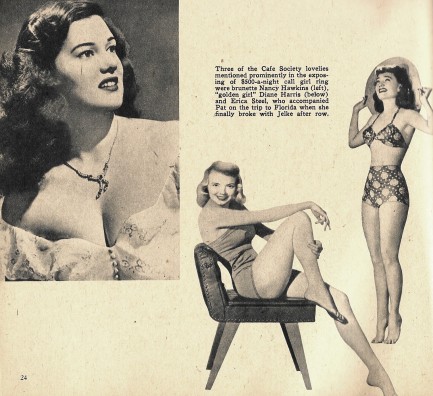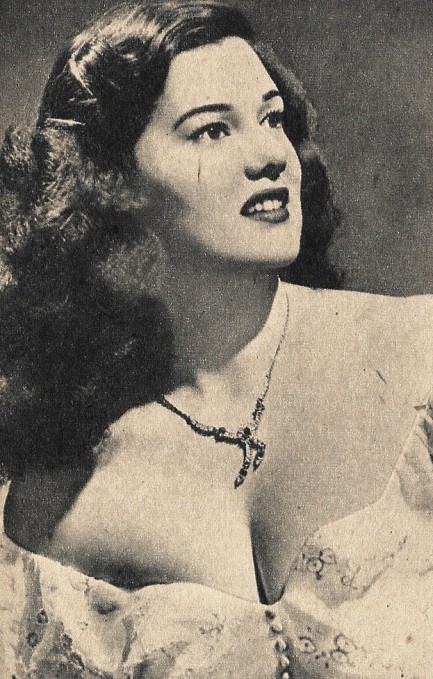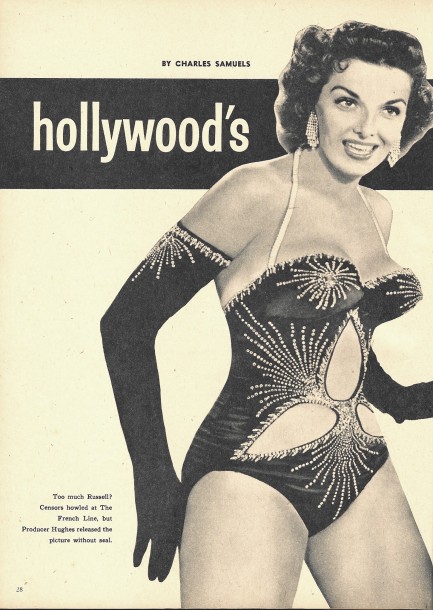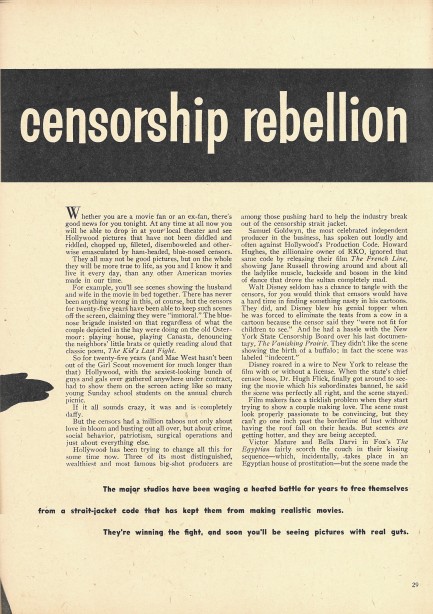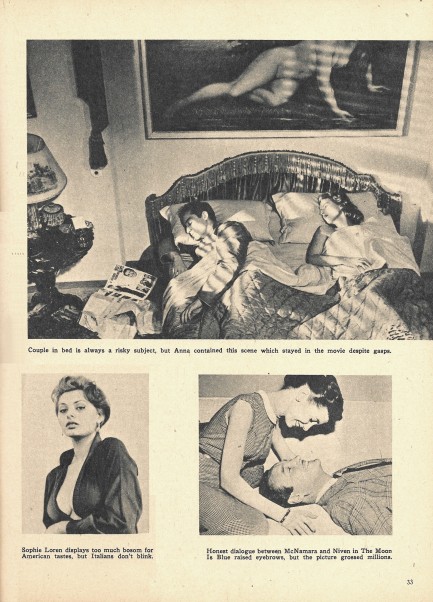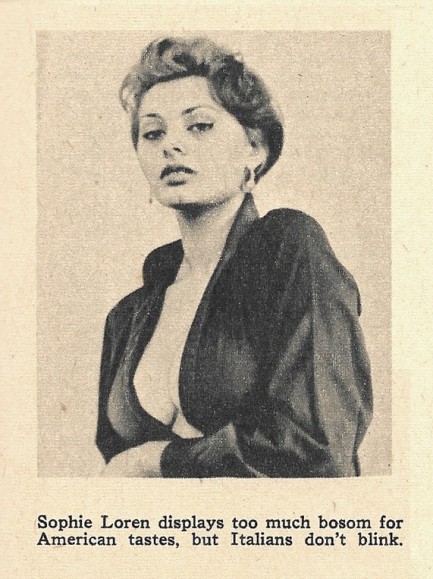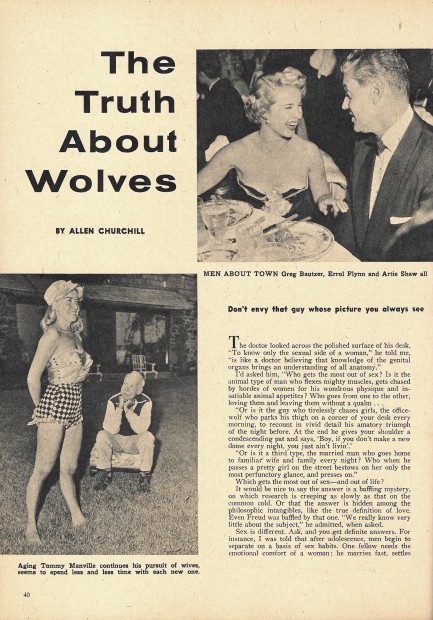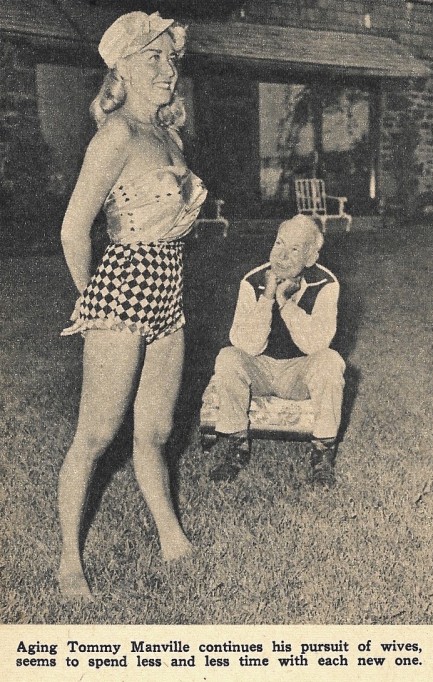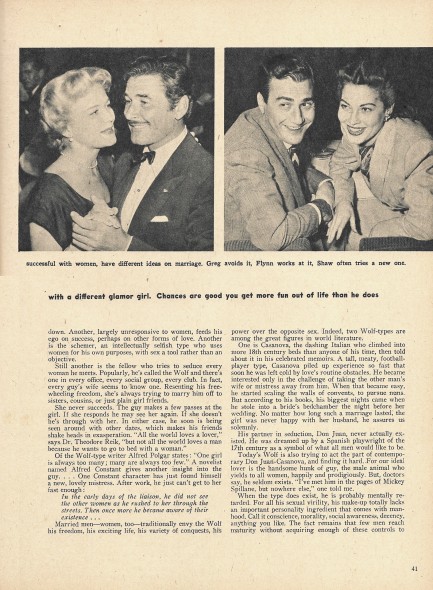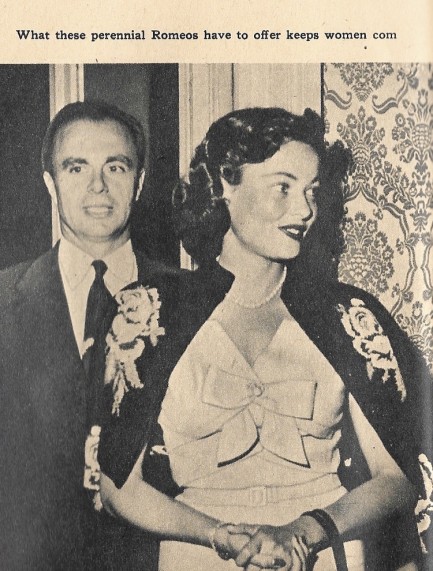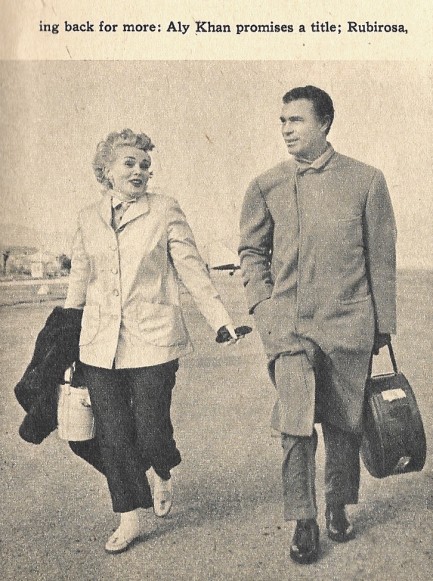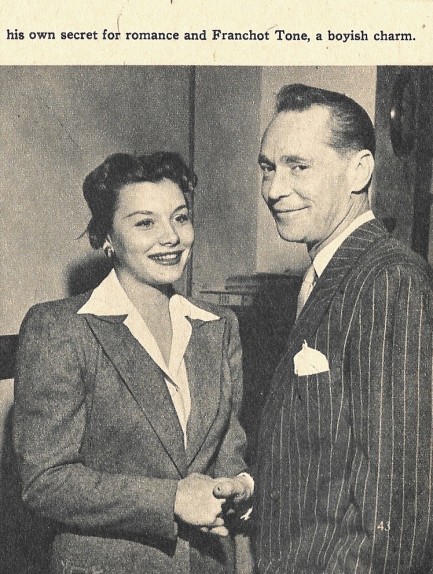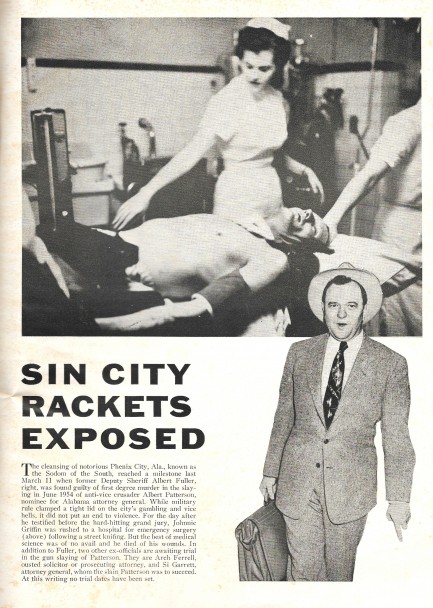| Intl. Notebook | May 18 2023 |

Lindberg unveils more than just her movie for the Cannes press corps.
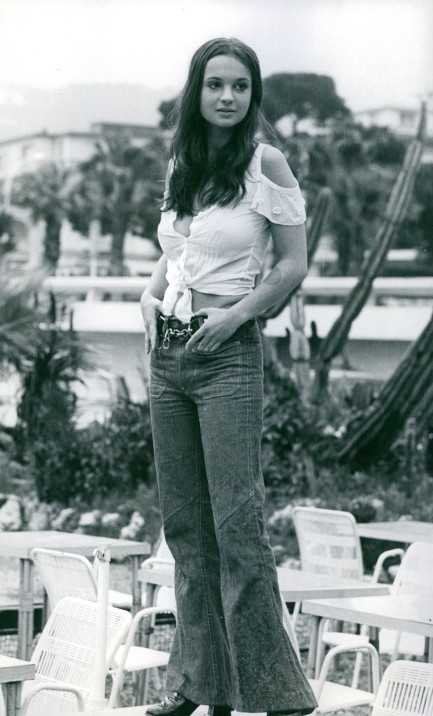
The above image shot today in 1971 shows Swedish star Christina Lindberg in Cannes, France, where she was promoting her movie Exponerad at the Cannes Film Festival. She was also at the prestigious event in 1973 to promote Thriller - en grym film, aka Thriller: A Cruel Picture, so you have to give her production companies Olympic Film and BAV points for effort, even though Lindberg's movies are just arthouse sleaze when boiled down to their essence. And when your movies are not of particular merit what better way to bring attention to them than with random nudity? Shedding clothing was a go-to gimmick for Cannes starlets back when the line between mainstream and erotic film was blurrier than today.
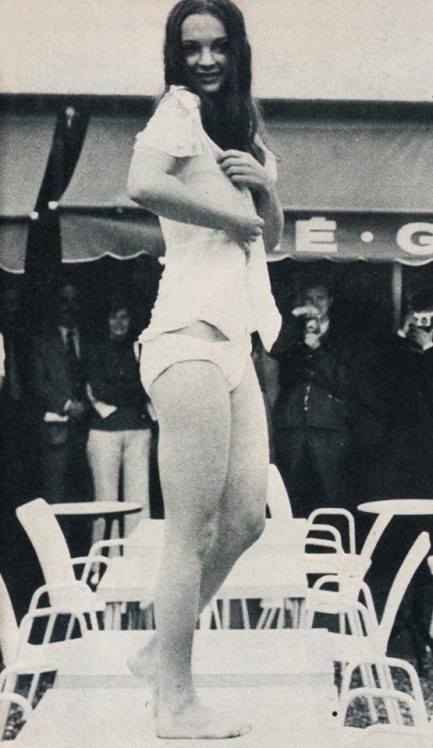 In the first photo Lindberg is on the patio of a Cannes bar, and from her perch atop a table she stripped off everything except her panties while dozens of photographer captured her likeness and bystanders gawped at the spectacle. You can see some of assembled press in the fuzzy reverse angle at right. A bit later, on the terrace of the Majestic Hotel where she was staying, her clothes hit the tiles again, as you see below.
In the first photo Lindberg is on the patio of a Cannes bar, and from her perch atop a table she stripped off everything except her panties while dozens of photographer captured her likeness and bystanders gawped at the spectacle. You can see some of assembled press in the fuzzy reverse angle at right. A bit later, on the terrace of the Majestic Hotel where she was staying, her clothes hit the tiles again, as you see below.She wasn't remotely finished. Here's her memory of a publicity stunt that set Cannes ablaze: “I was going to meet the press out on a pier over the water. After having signed about a thousand invitations, which were given out to select people, I was lowered down from a rented helicopter to the pier topless. There were hundreds of photographers.”
We find it amazing that so few photos of such an event seem to survive today. There must have been thousands of frames shot of that helicopter stunt. Lindberg's recollection of so many photographers shows you the sheer volume of imagery that's lost to time. Luckily, she's well documented anyway thanks to the photo sessions she made for various international magazines and her 1973 photo book. A few of our favorites are here, here, and here. She'll return to Pulp Intl. soon.
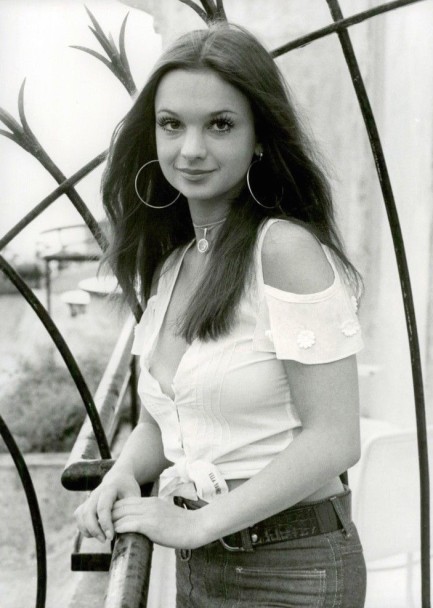
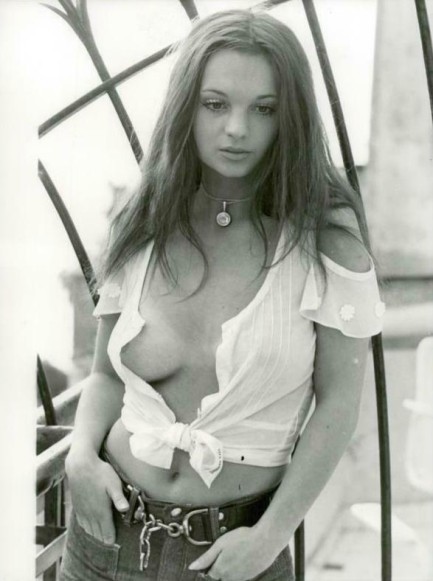
| Intl. Notebook | Sep 12 2022 |

Lindberg gets in touch with her outdoorsy side.
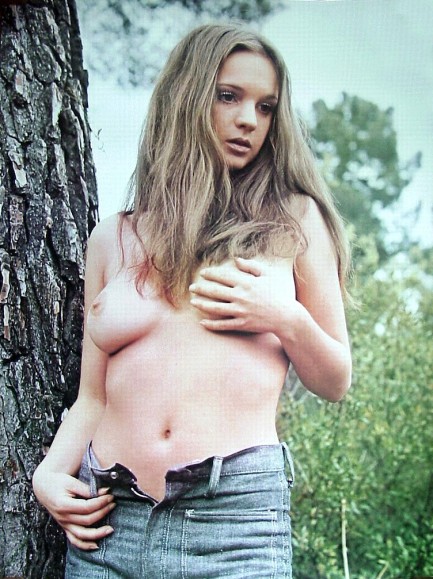
Somewhere in the Swedish woods in 1971 international sex symbol Christina Lindberg posed for a photo that became this beautiful pin-up poster, now faded after nearly half a century, but still in good form. This was made to promote her sexploitation flick Exponerad, aka Exposed, aka Diary of a Rape. Probably sexploitation isn't the right word to describe the film. Its makers had serious intentions—we just aren't sure they were achieved. Read what we mean here.
| Vintage Pulp | Sep 20 2021 |

Moore than just another flash in the pan.
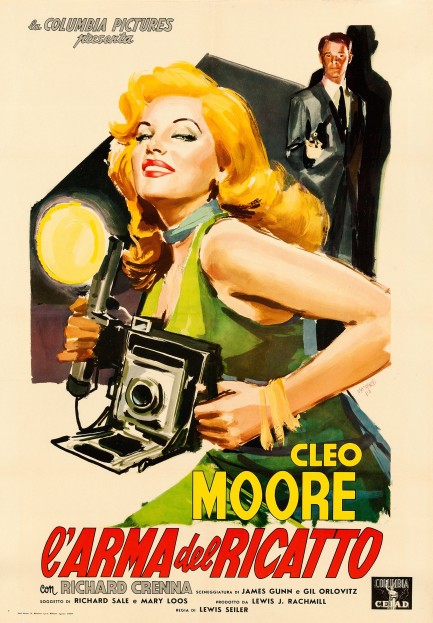
We've done a lot on b-movie femme fatale Cleo Moore. Above you see her getting a-level treatment on a stunning promo poster made in Italy for her 1956 hard luck drama Over-Exposed, which for its Italian run was called L'arma del ricatto, or “the weapon of blackmail.” This is a masterpiece. It was painted by Manfredo Acerbo, who also painted an iconic poster for Gilda we showed you a long while back. We've been neglectful in not digging up more from this guy. But we'll remedy that. There's no Italian release date for Over-Exposed, but it probably played there in mid-1957. You can read more about it here.
| Intl. Notebook | Aug 26 2021 |

She didn't make it to the top of Hollywood just to accept being second banana in Monaco.
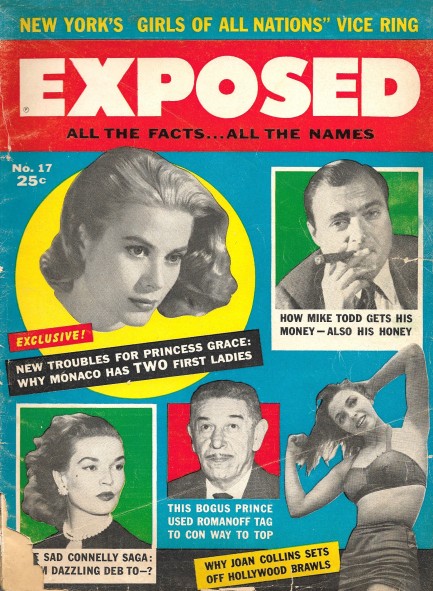
Yes, people were stupidly fawning over the rich long before 2021, as this issue of the tabloid Exposed published this month in 1957 proves. There are stories on one percenters ranging from Princess Grace of Monaco on down. Of course, there's an aspirational innocence to these old stories, because very few people, if any, begrudged the rich anything in this era. Those times have gone. Companies make hundreds of billions now and pay zero taxes. The rich have a thousand ways to hide their income, to the tune of 40 trillion dollars in cash hidden in tax havens around the world.
Something else different about the rich of yesterday—they didn't have dick-shaped rocket ships. Instead they had dick shaped yachts. And that's what the feud hinted at on the cover between Grace Kelly and Tina Onassis was about—in part at least. It was also about who threw the best parties, who had the richest and most influential friends, who had the best designer clothes, and who was the greatest beauty. Of course, Kelly was legendarily lovely, but because beauty marries money even when the money is as butt-ugly as Aristotle Onassis, Tina was no slouch.
Exposed tells us of one competitive episode the night Kelly was celebrating the birth of her daughter Caroline, which had happened a day earlier. Kelly lived in Grimaldi Palace, overlooking Monaco harbor, where Aristotle Onassis lived on an 1,800 ton former Canadian navy destroyer retrofitted as a luxury yacht. The night of Kelly's celebration Onassis left his boat totally dark in the harbor, then at one point flipped a switch that illuminated hundreds of light bulbs strung from prow to stern. Kelly's clan took it as an attempt to show her up. Sounds petty, right? Well, Exposed was a tabloid, and its readers absolutely devoured stories showing that they and the next door neighbor they hated weren't so very different from the one percent.
After that boat episode, according to Exposed, Kelly and Onassis barely saw each other in tiny Monaco, such was their determination to avoid each other. Again, the half-century old public obsession with these two seems quaint compared to people's interest in the Musks and Bransons of today. There are opinions and facts, and here is a fact—the U.S. is falling apart and miniscule taxes on the rich and corporations are the reason. During the year this issue of Exposed was published, a year many people now cast their misty eyes toward with longing and nostalgia, the tax rate for top income earners was 91%. No wonder things functioned so well, eh? High taxes kept the government flush and the rich weak.
But the highlight of the issue as far as we're concerned is Vikki Dougan, who we told you would return to Pulp Intl. soon, and who shows up at a party thrown by Hollywood astrologer Carroll Righter wearing one of her infamous buttcrack baring backless dresses. Exposed indeed. Since this is about as low as her gowns went, we zoomed in a bit so you can get a good look at the San Fernando Valley. Dougan by the way, is still around at age 92. Elsewhere in Exposed you get Joan Collins and her romances, restaurateur Mike Romanoff and his legal troubles, Paulette Goddard and her love of money, and vice in New York City. Thirty scans below.
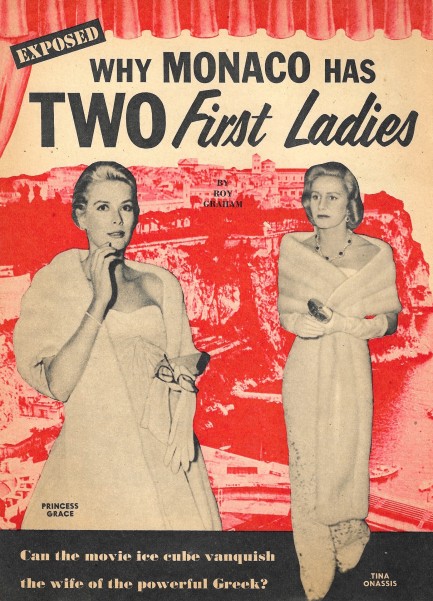
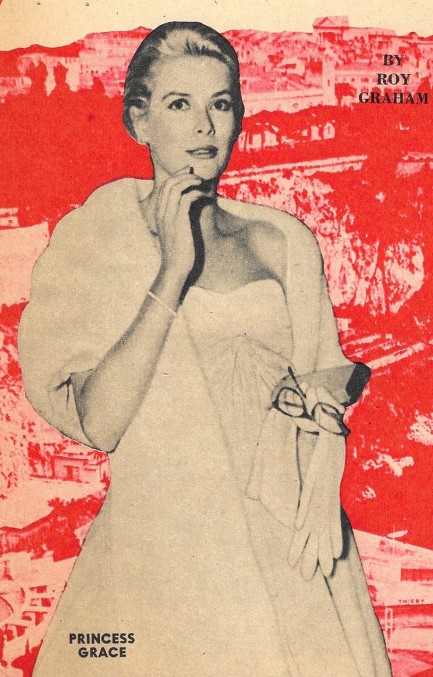
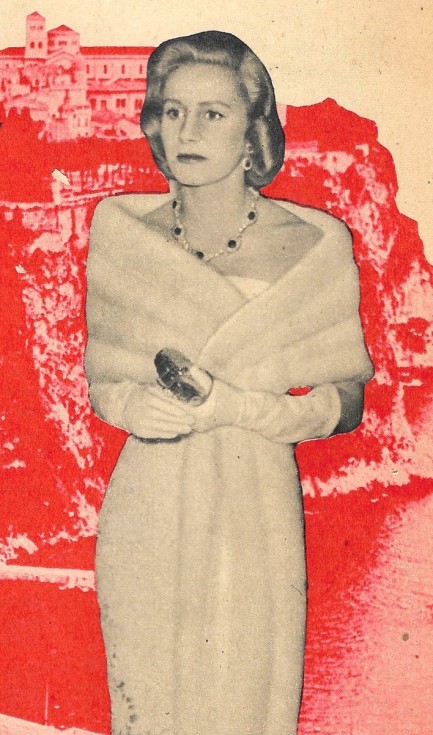
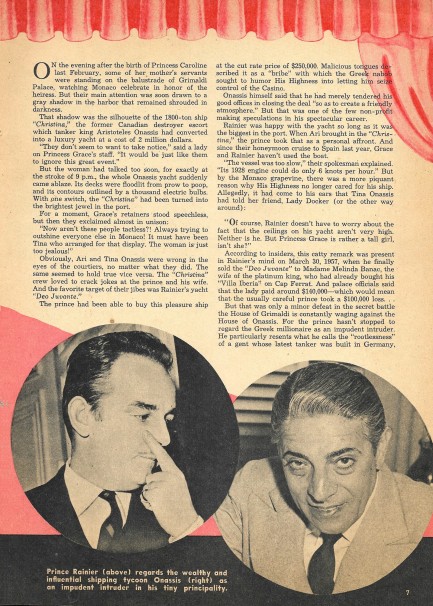
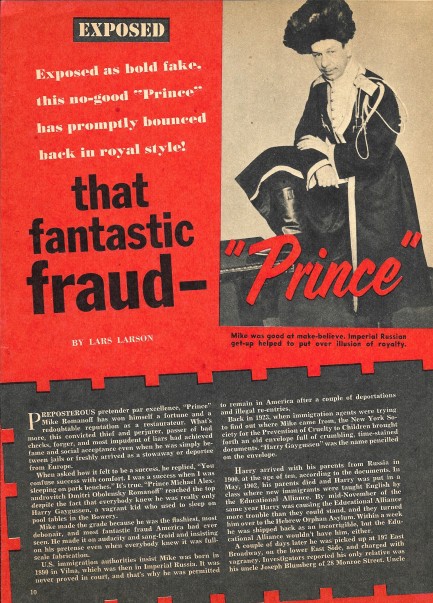
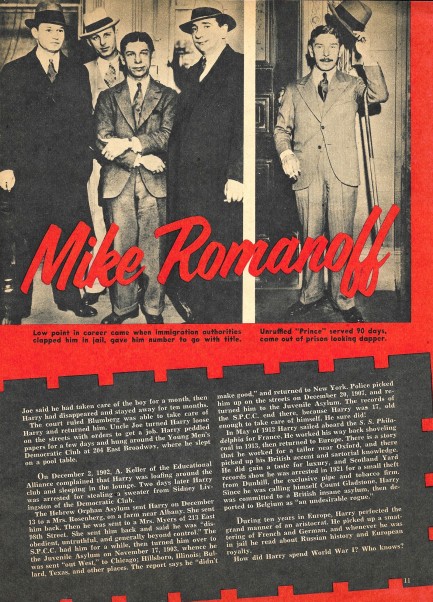
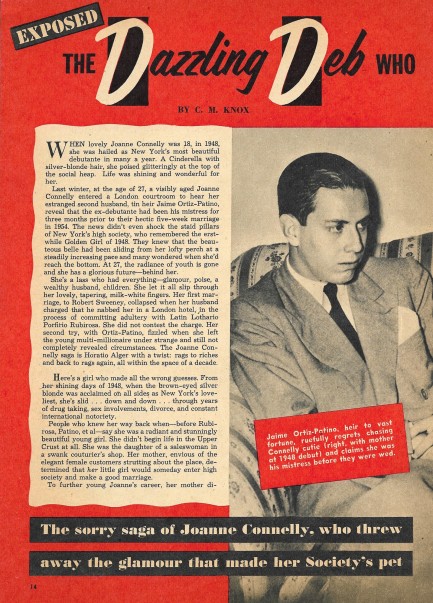
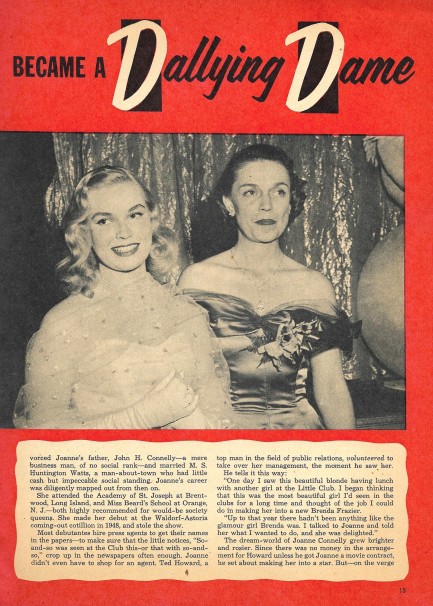
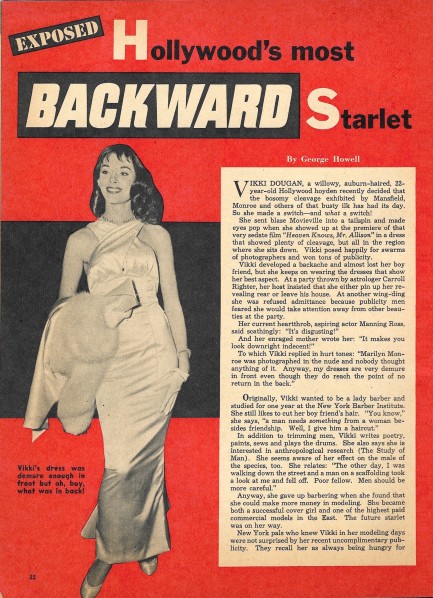
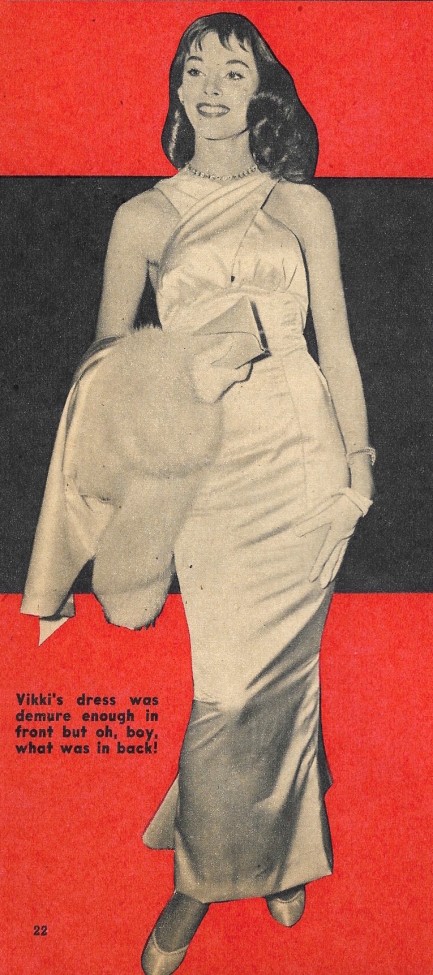
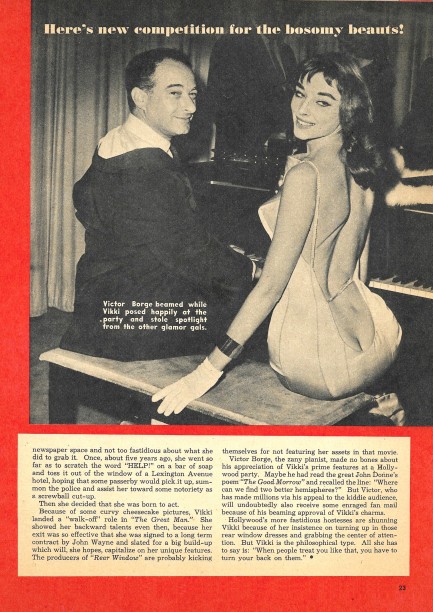
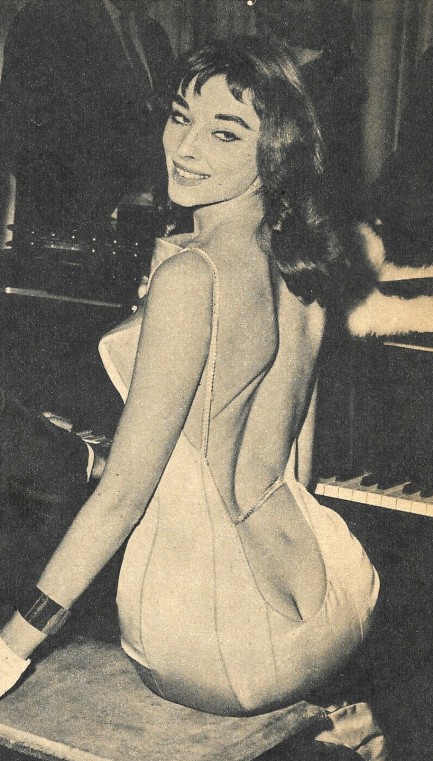

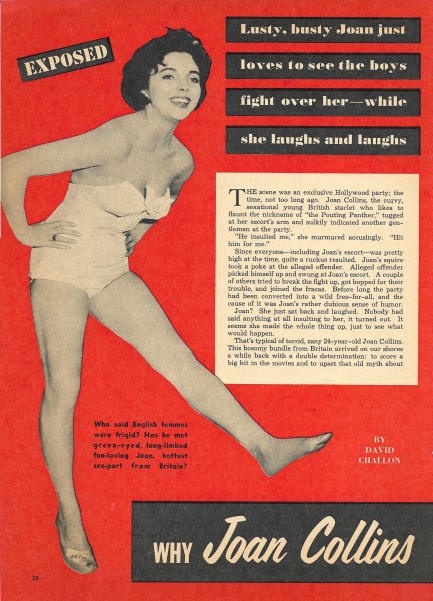
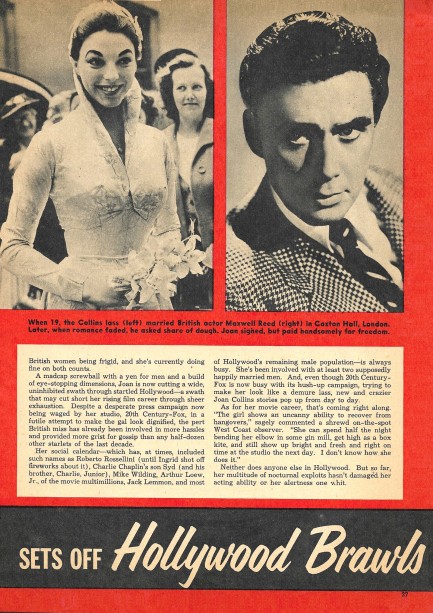
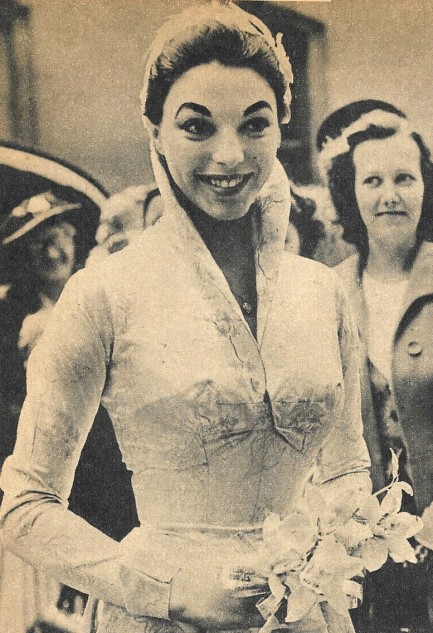
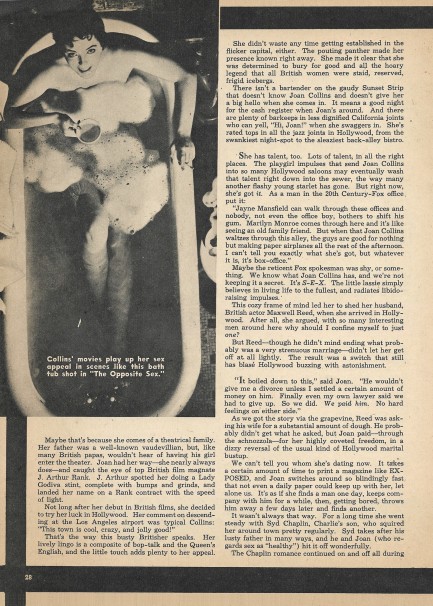
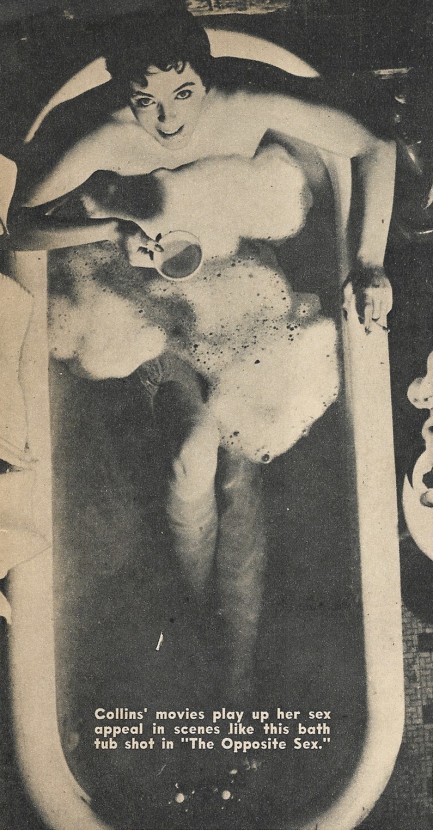
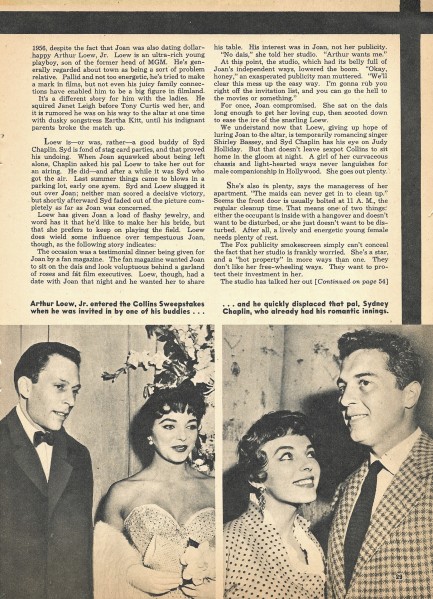
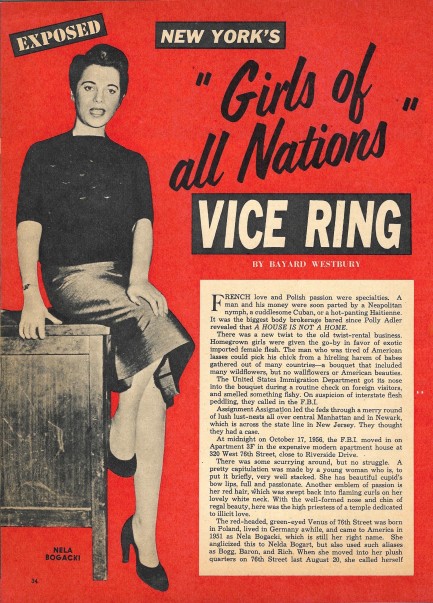
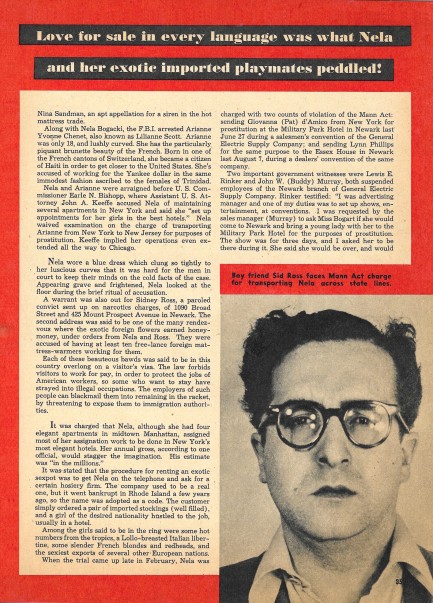
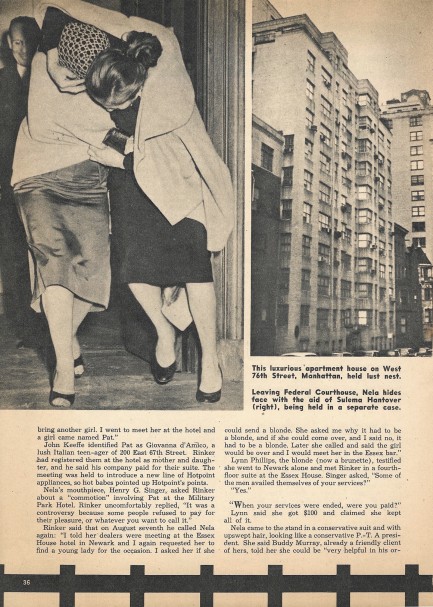
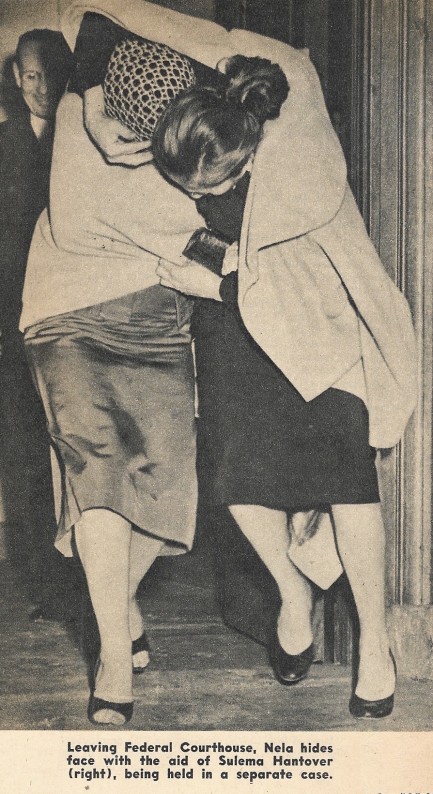
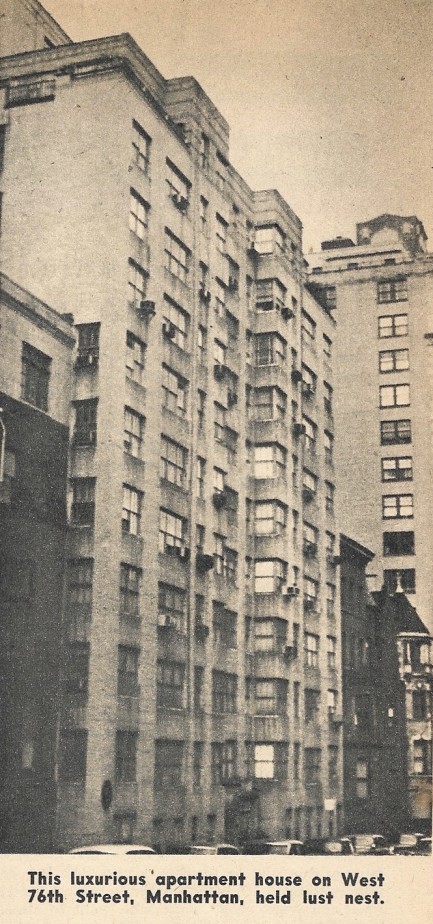
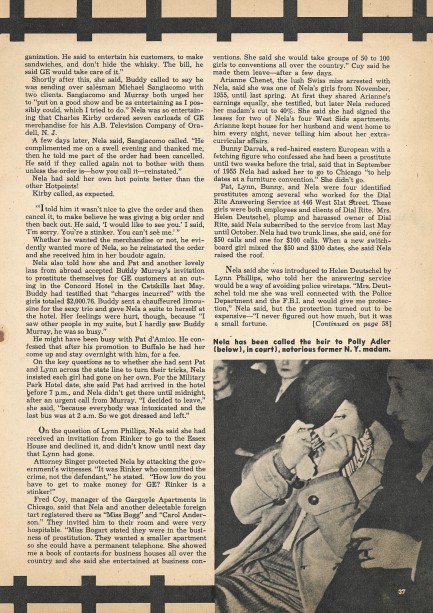
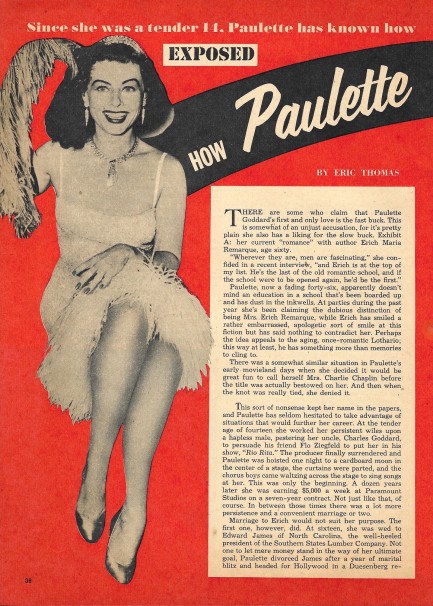
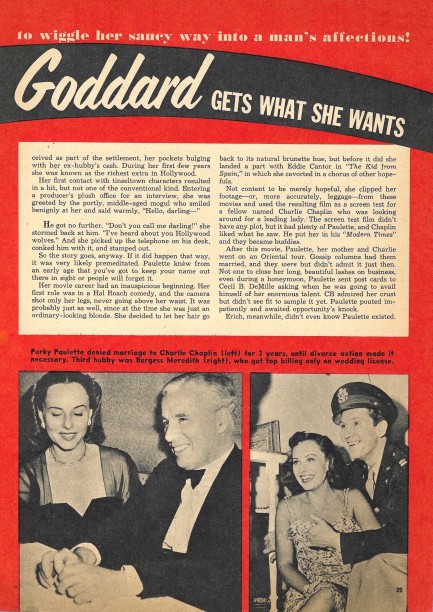

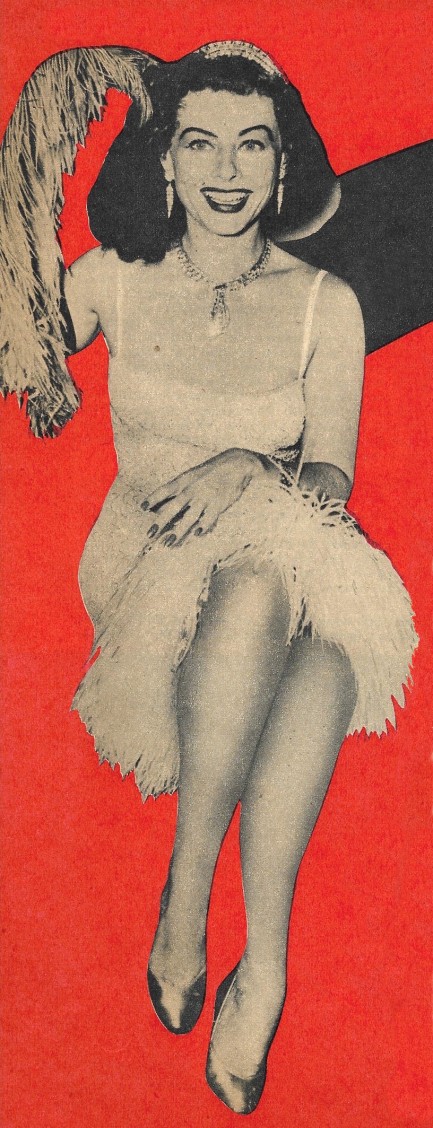





























| Vintage Pulp | Feb 10 2020 |

Lindberg gets full exposure in Japan.
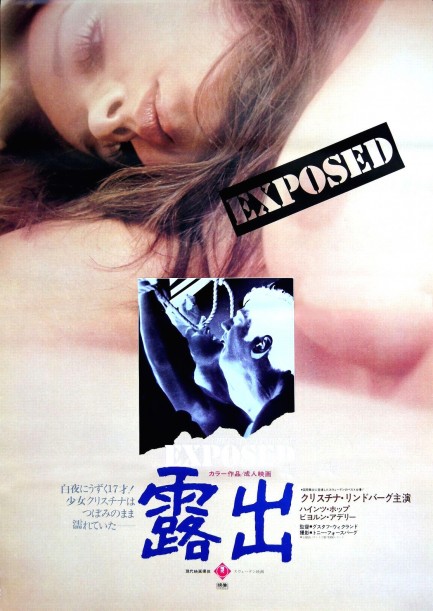
This is a very interesting Japanese poster for the Swedish sexploitation flick Exponerad, which premiered in Japan today in 1972 as 露出 or Roshutsu, which both mean “exposure.” The film was known in English speaking countries as Exposed and (misleadingly) Diary of a Rape. There are some scans of this piece online, but not of this quality. We talked about the movie last year. Check here.
And as a bonus, because Exponerad is a movie that deals with daydreams, we have below all of our most dreamlike images of Lindberg. No surprise, right? If you visit our site often, you know she's a mainstay, so today we're just adding to what was already a substantial treasure trove. All of these ethereal shots are Exponerad promos, and all are striking. We have many more Lindberg rarities, and you can bank on us sharing those down the line.
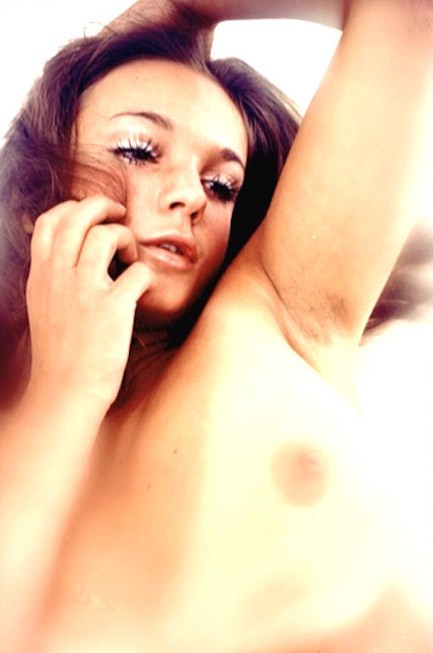
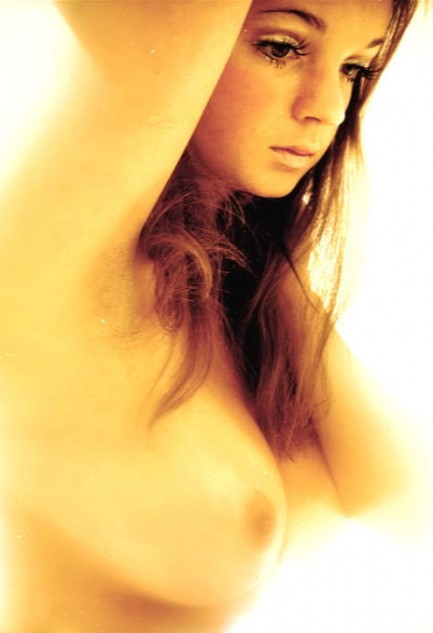
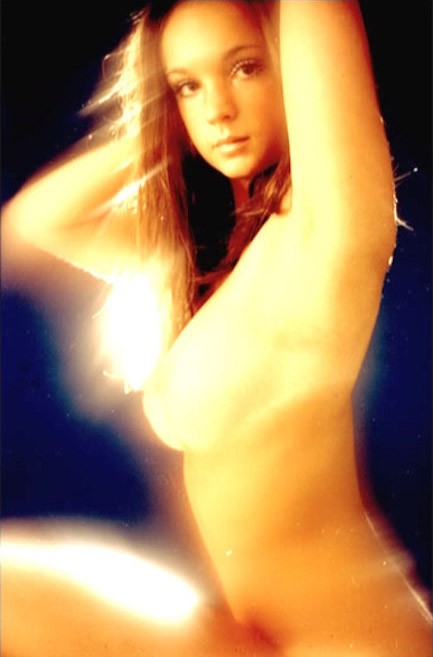
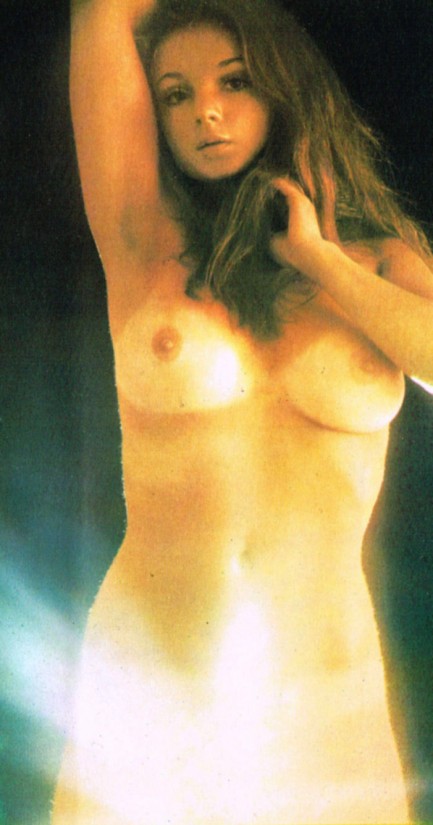
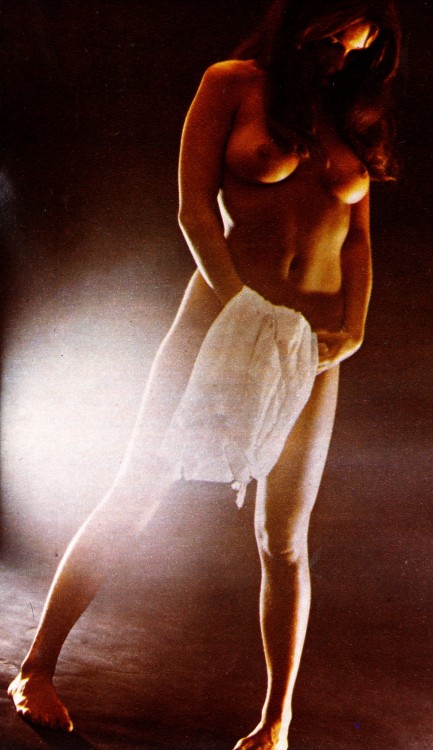
| Vintage Pulp | Sep 6 2019 |

What was the must-have possession of 1971? Christina Lindberg.
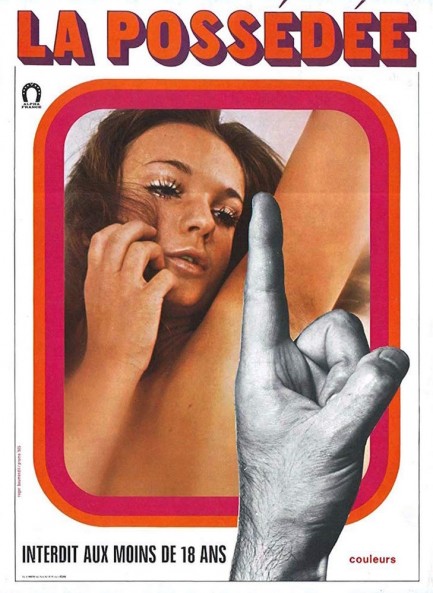
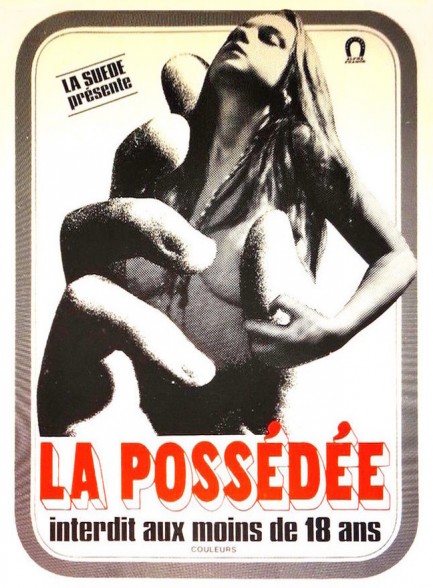
Here you see a couple of French posters for the 1971 Swedish sexploitation movie Possédée, which means “possessed,” but which was originally titled Exponerad, and was known in the U.S. as Exposed and Diary of a Rape. There's no known release date for the movie in France, but it worked its way across Europe in 1972, so figure it opened in France sometime in the middle of the year. The top poster is one you see often online, but the second promo, in black and white and showing star Christina Lindberg clutched by a male hand, is rare.
We've posted a lot a material on Exponerad. Our continual focus on this is not because the movie is especially worthwhile, but because its promotional materials are great. As an example, below is a shot of Lindberg made to publicize the film, and which appeared in the Japanese magazine Young • Idol • Now. More photos from the session appeared in other Japanese magazines, but this rare shot is by far our favorite. Feel free to check out our other posts on this film by clicking keyword “Exponerad” at bottom.
We've posted a lot a material on Exponerad. Our continual focus on this is not because the movie is especially worthwhile, but because its promotional materials are great. As an example, below is a shot of Lindberg made to publicize the film, and which appeared in the Japanese magazine Young • Idol • Now. More photos from the session appeared in other Japanese magazines, but this rare shot is by far our favorite. Feel free to check out our other posts on this film by clicking keyword “Exponerad” at bottom.
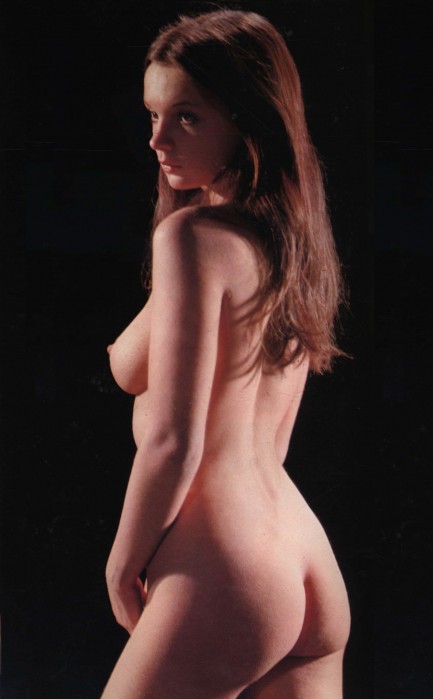
| Femmes Fatales | Sep 3 2019 |

There was a thirty chinchilla wrap, but I bought one made of twenty chinchillas. We all need to cut back to save the planet.

Above is a beautiful color promo photo starring b-movie femme fatale Cleo Moore looking like a Christmas wish come to life. The image was made for her 1956 crime drama Over-Exposed. We talked about it. Shorter version—clumsily moralistic but pretty fun. You can peruse our thoughts in more detail here, and see more Moore here.
| Vintage Pulp | Aug 23 2019 |

Christina Lindberg flick expounds upon reality, fantasy, and a woman's struggle in a sexualized world.
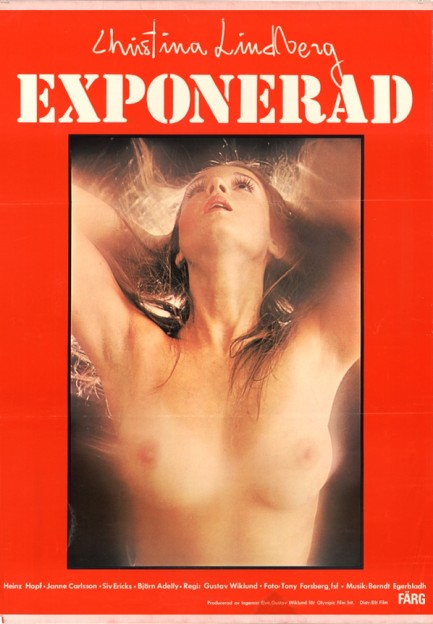
The sexploitation flick Exponerad, which premiered in Sweden today in 1971 and is known in English as Exposed and Diary of a Rape, is an exceedingly serious movie considering its genre. That would normally be a sin in our book, but this stars Christina Lindberg, so we figured okay, it's worth a gander. Lindberg, in one of her earliest roles, plays Lena, a high school girl torn between her twerp of a boyfriend Jan and an older, depraved sociopath named Helge. She prefers Jan, but Helge has taken nude photos of her and is using them to blackmail her into servicing guests at his wild parties.
When Jan learns that Lena has been sharing her fuzzy favors, his caveman side comes out and he slaps her. Lena promptly runs away to the country. Here we learn that the wall between reality and fantasy is a thin one for her, and she crosses between it multiple times. She's raped by a stranger, tries to seduce a man who picks her up hitchhiking, dies in a fiery automobile crash, and has other imaginings the audience only knows are in her head once the movie leaps back to the point where those scenes began.
If we consider these fantasies closely it's possible Lena is coming to grips with her sexuality and her place in a sexualized world. A particularly insightful review we read suggested that all of these waking dreams represent the male gaze, which is why they're creepy and violent. It's a theory we like, but we aren't sure if it actually holds up—unless daydreams can leave physical artifacts behind. We know we're being vague. This is when that no spoilers promise we made a while back is inconvenient.
In any case, what the filmmakers wanted to do here was make thought-provoking erotica, and they definitely accomplished that. We picture the producer shaking hands with director Gustav Wiklund and saying, “Well done, lad. Despite all the nudity there's no possibility anyone will get a boner.” Whether the film makes any sense is a different issue. We recommend that if you watch Exponerad, you watch with full attention or you'll get lost long before the double twist ending that'll make you say either, “Aha!” or “Huh?” Fans of ambitious sexploitation, this movie is your jam. We have some promo images beow, and you can see more here and here.
In any case, what the filmmakers wanted to do here was make thought-provoking erotica, and they definitely accomplished that. We picture the producer shaking hands with director Gustav Wiklund and saying, “Well done, lad. Despite all the nudity there's no possibility anyone will get a boner.” Whether the film makes any sense is a different issue. We recommend that if you watch Exponerad, you watch with full attention or you'll get lost long before the double twist ending that'll make you say either, “Aha!” or “Huh?” Fans of ambitious sexploitation, this movie is your jam. We have some promo images beow, and you can see more here and here.
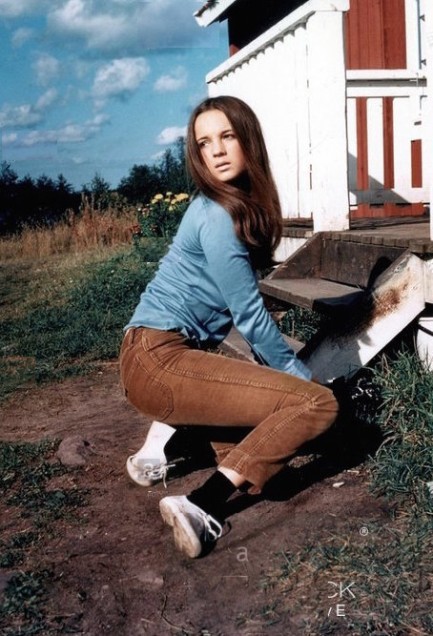
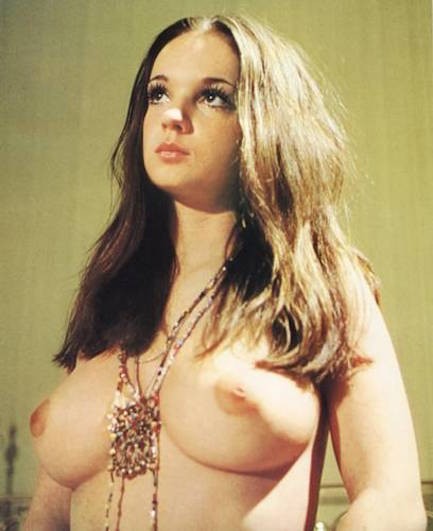
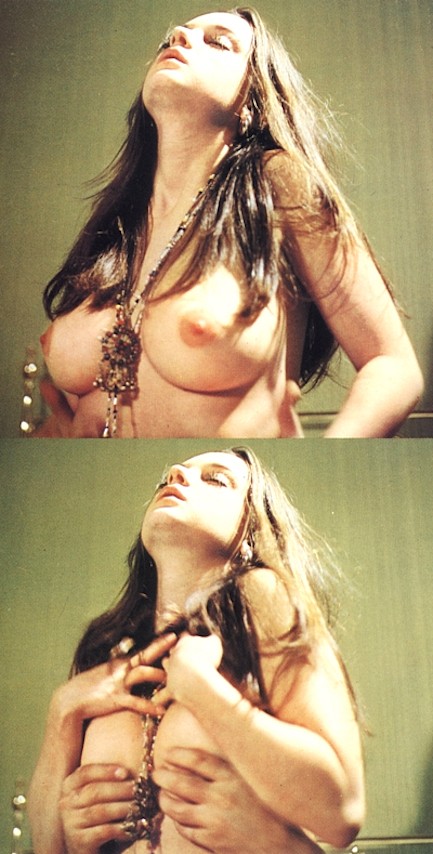
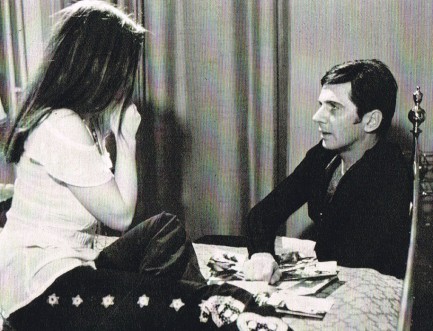
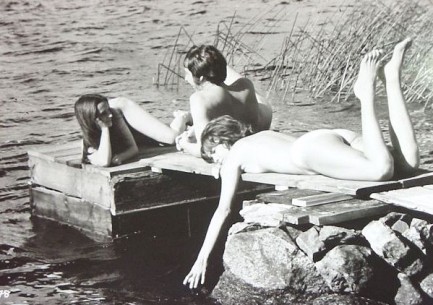
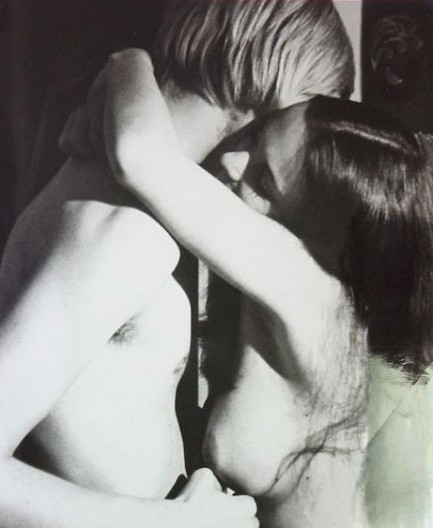
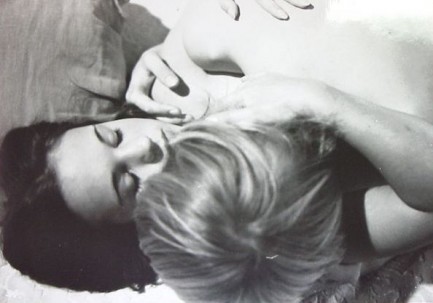
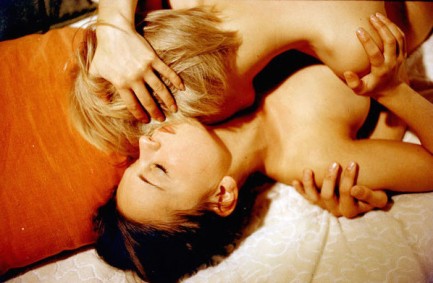
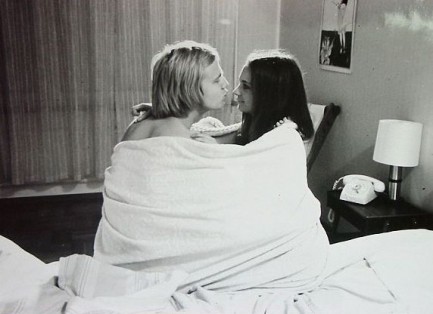
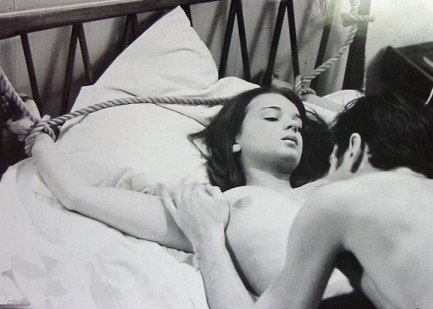
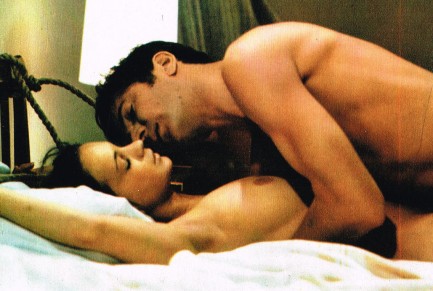
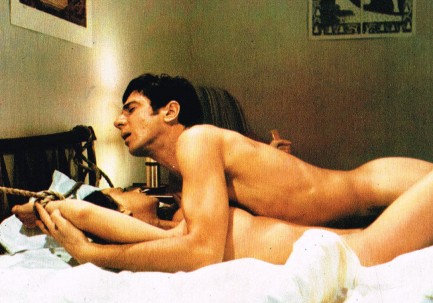
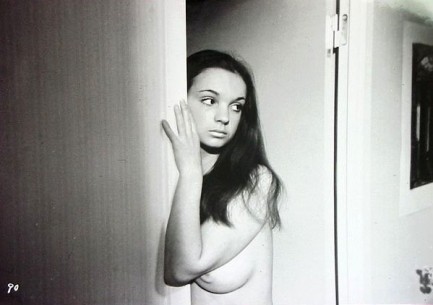
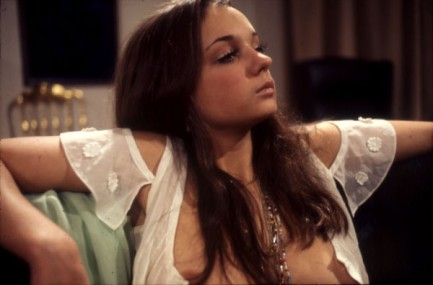
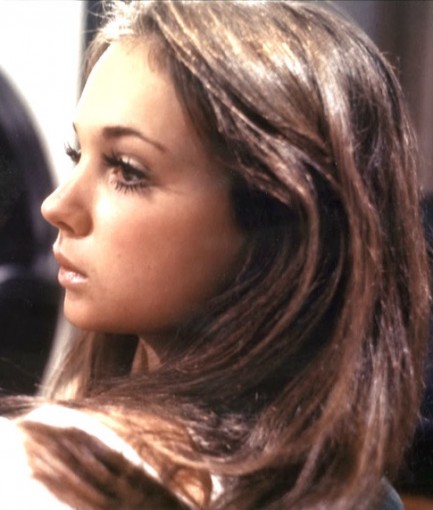
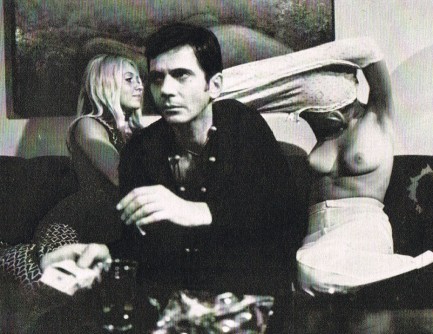
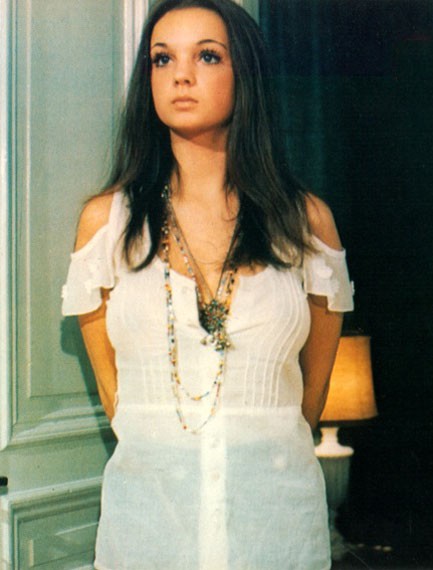
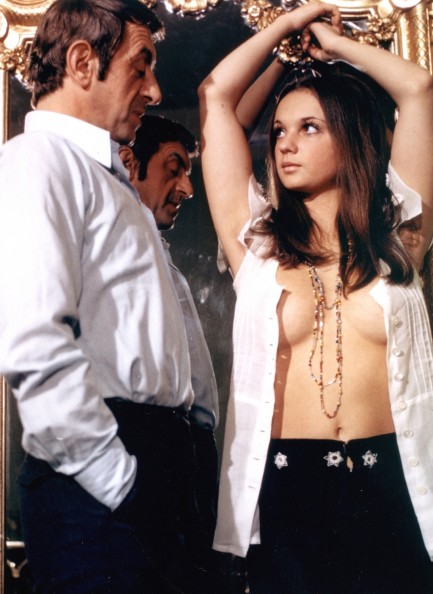
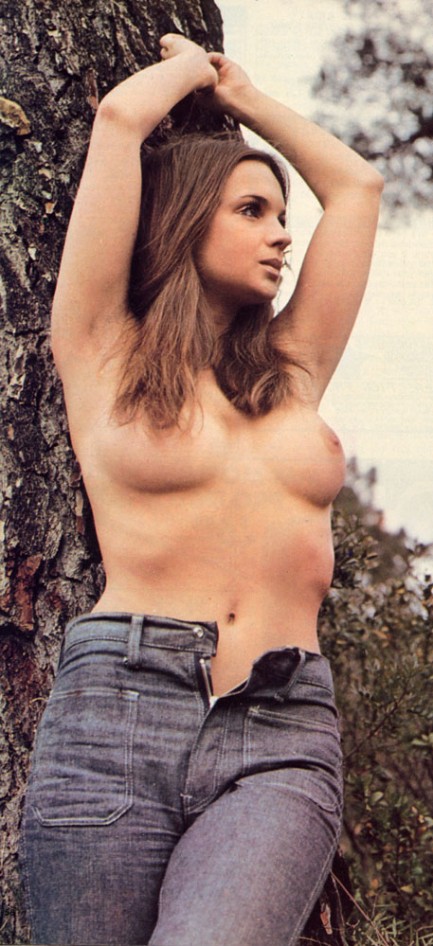
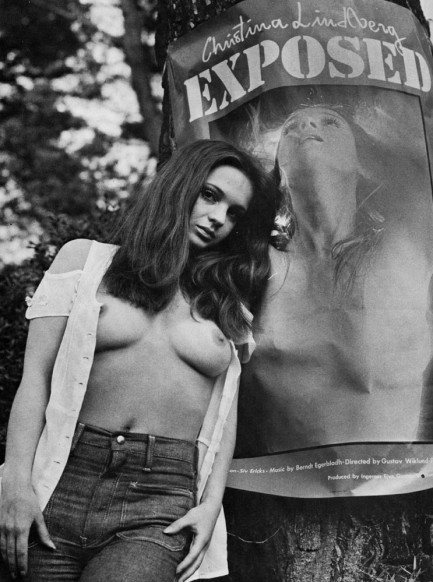
| Vintage Pulp | Apr 29 2019 |

Cleo Moore tries to picture a better life.
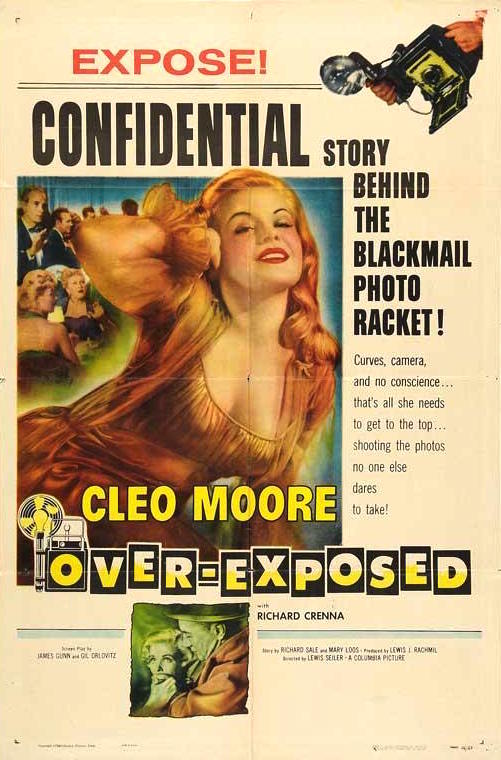
The drama Over-Exposed came with the mighty cool promotional poster you see above, and we think it perfectly captures the amoral, tabloid-style themes of the film. Cleo Moore plays a woman at loose ends who meets a kindly photographer and decides to learn his trade. She quickly shows a talent for camera work, moves to New York City, and schemes her way into increasingly better jobs in pursuit of money and fame. She gets plenty of both, and also scores a gig as the house photographer at Club Coco, a mobster backed watering hole where she eventually lands in a big kettle of red hot trouble.
There are aspects of Over-Exposed that play differently now than they would have even a dozen years ago. Richard Crenna as her love interest is bummed to be taking more and more of a back seat as Moore climbs the ladder. This friction is portrayed sympathetically toward Crenna, with Moore shown to be losing her soul, but modern viewers might find this sexist, and point out that ambitious women are nearly always treated shabbily—both in vintage cinema and modern life. So in that sense there's unintended feminist tension to the movie that makes it more complex than you'd expect going in.
You'll see Over-Exposed labeled a film noir in many places, but it's one of those movies that mostly doesn't fit the brief. It isn't until the climax that it has the look and feel of noir. This wasn't uncommon—numerous old movies spent eighty minutes as pure drama before turning to noir stylings to spice up their finales. The Time To Kill, which we talked about a while ago, is a prime example. So is Over-Exposed a film noir? Ultimately, we think not, but when borrowing from the genre it does so better than most. An improbable but enjoyable flick, it premiered this month in 1956.
You'll see Over-Exposed labeled a film noir in many places, but it's one of those movies that mostly doesn't fit the brief. It isn't until the climax that it has the look and feel of noir. This wasn't uncommon—numerous old movies spent eighty minutes as pure drama before turning to noir stylings to spice up their finales. The Time To Kill, which we talked about a while ago, is a prime example. So is Over-Exposed a film noir? Ultimately, we think not, but when borrowing from the genre it does so better than most. An improbable but enjoyable flick, it premiered this month in 1956.
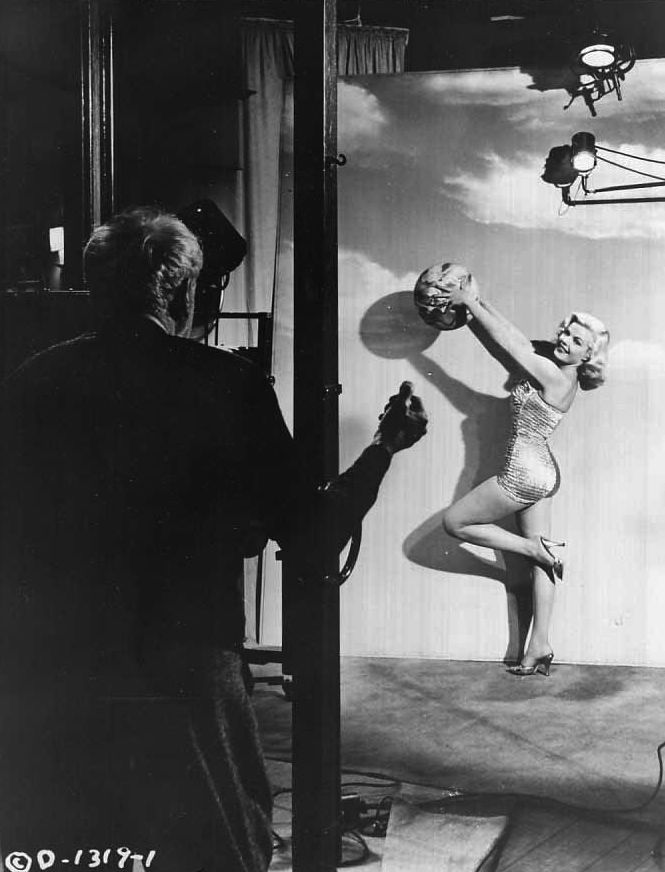
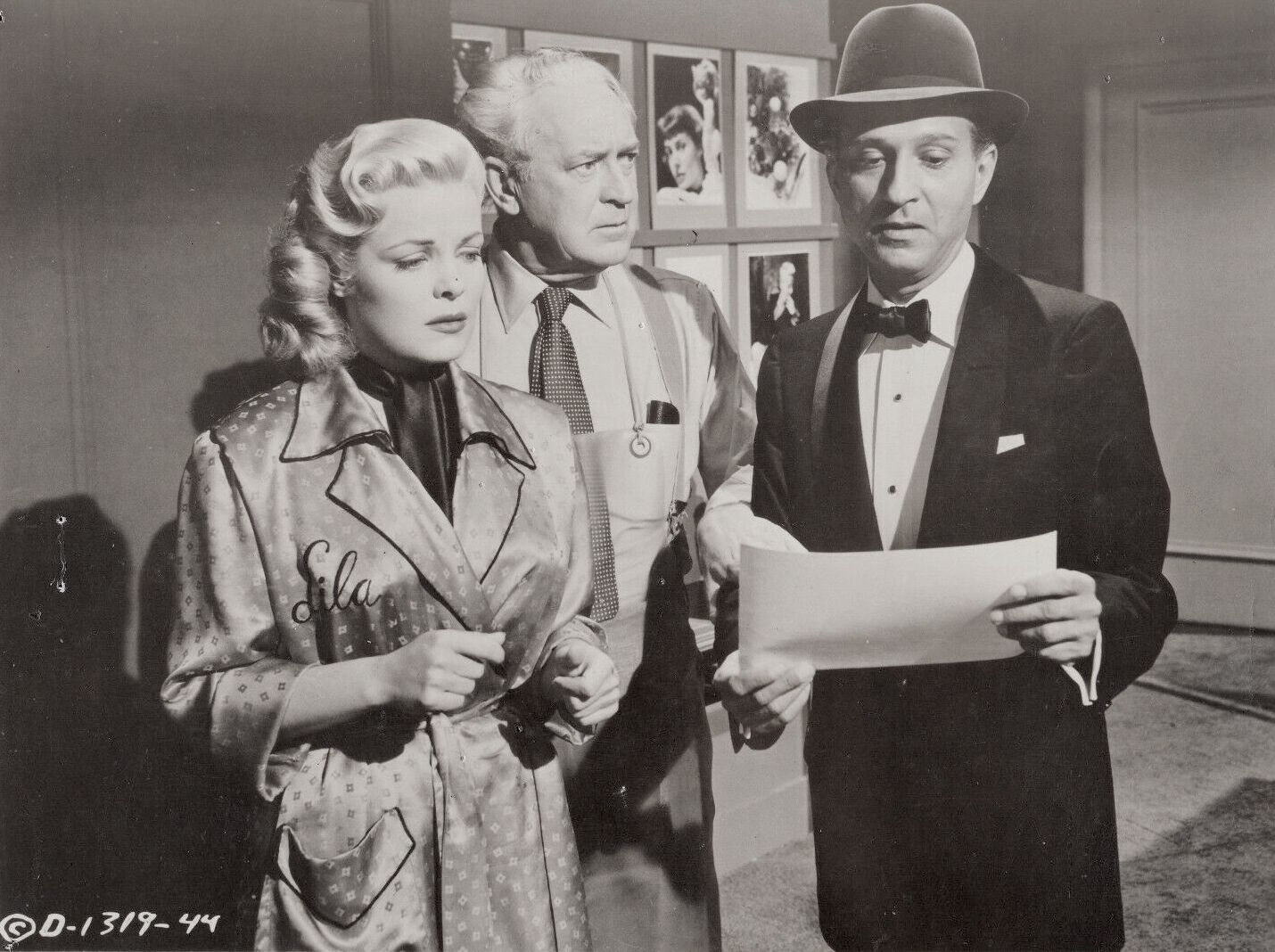
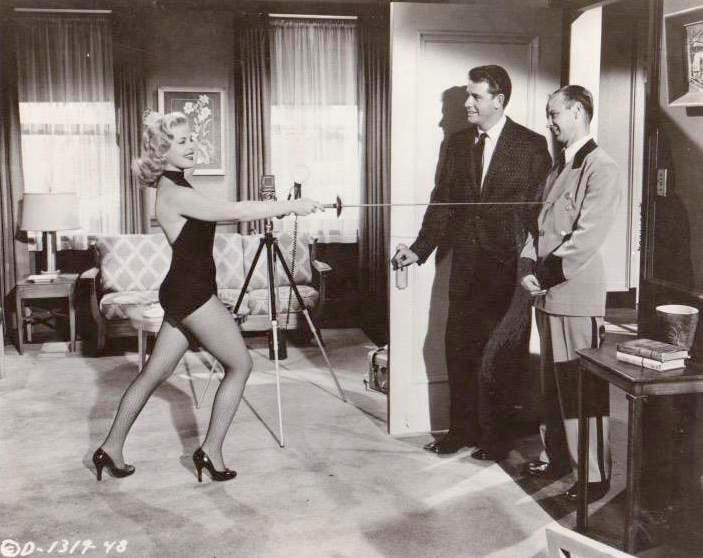
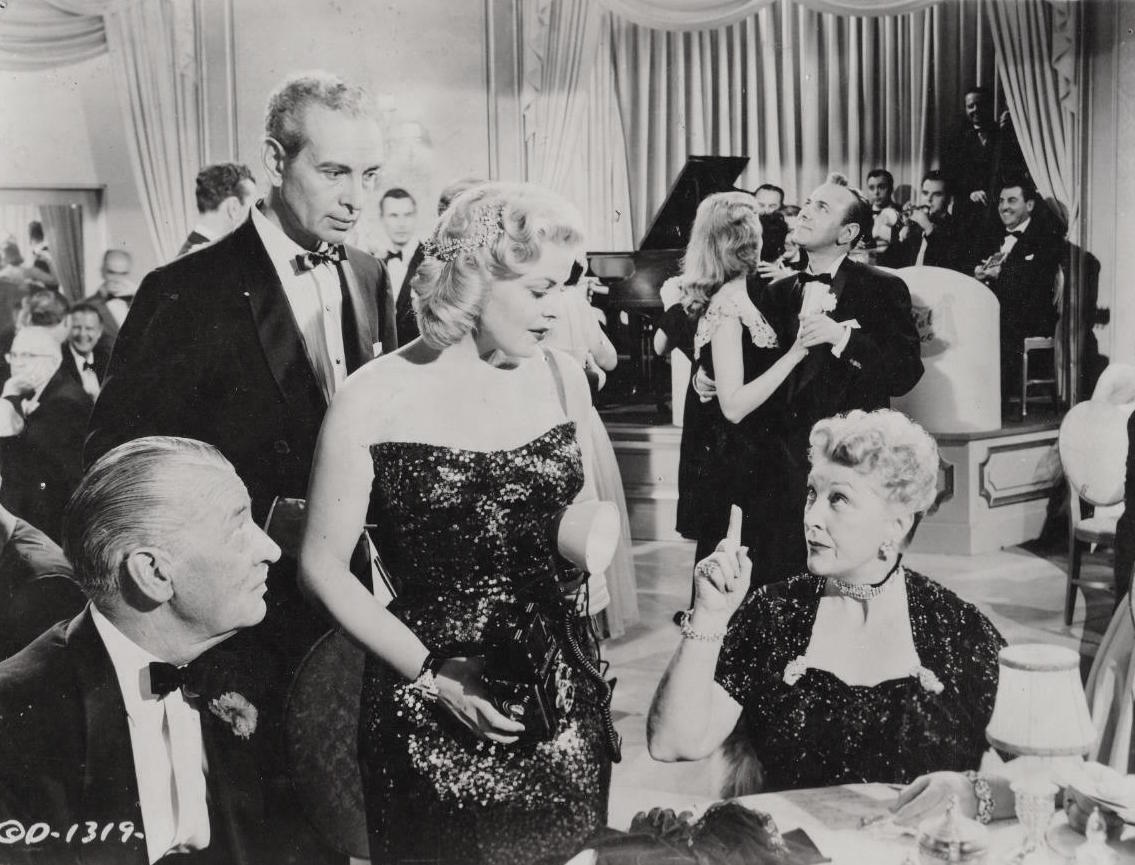
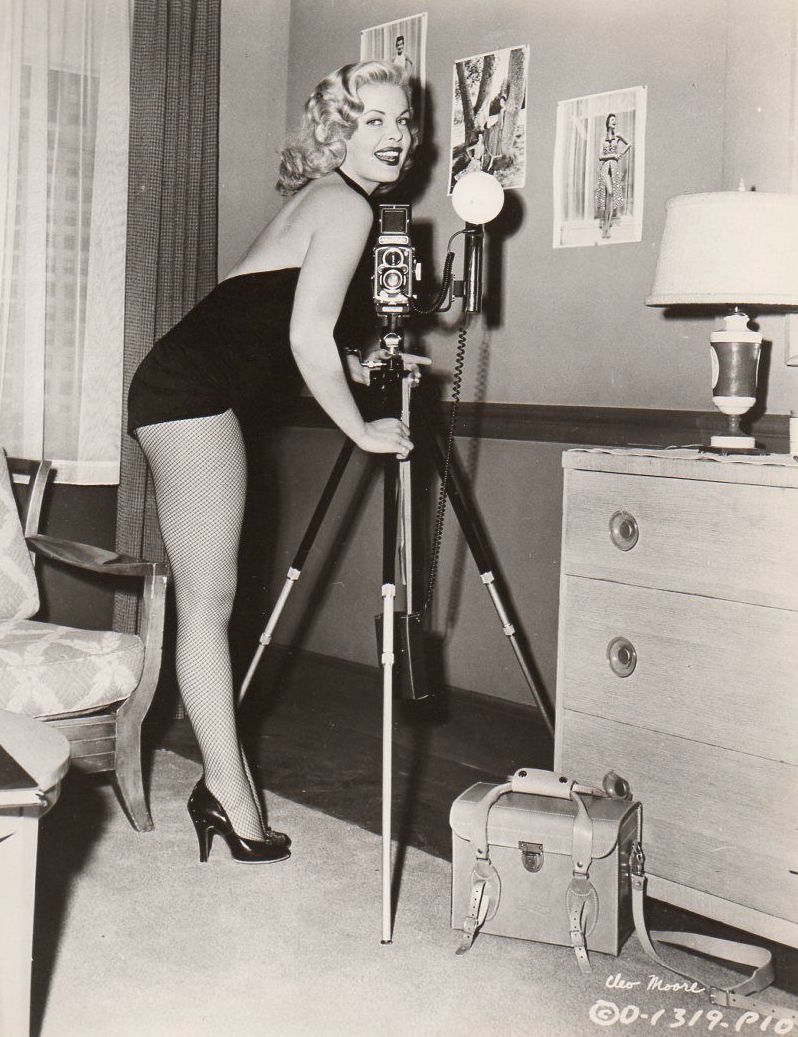
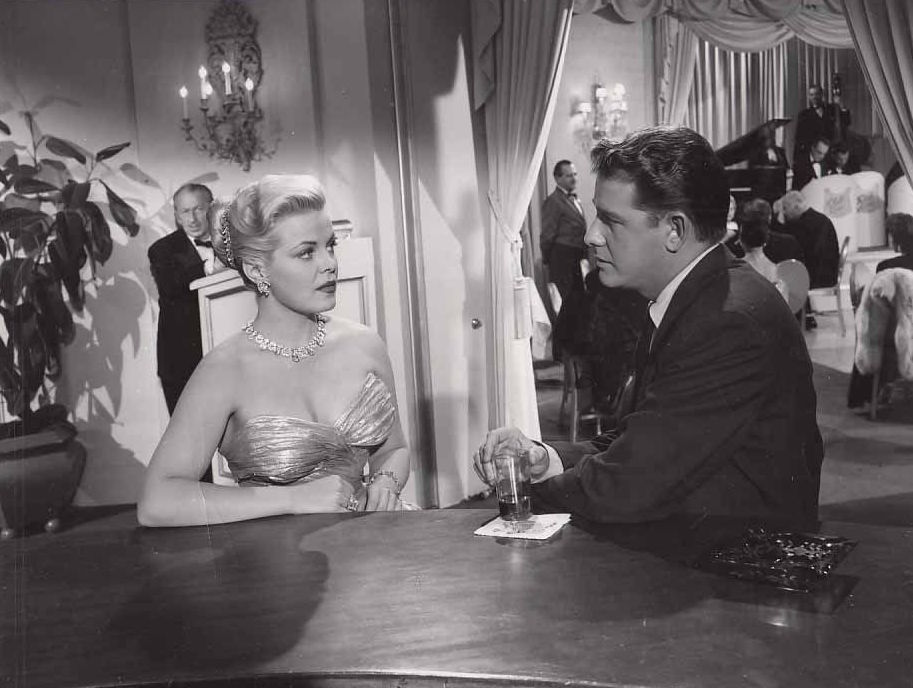
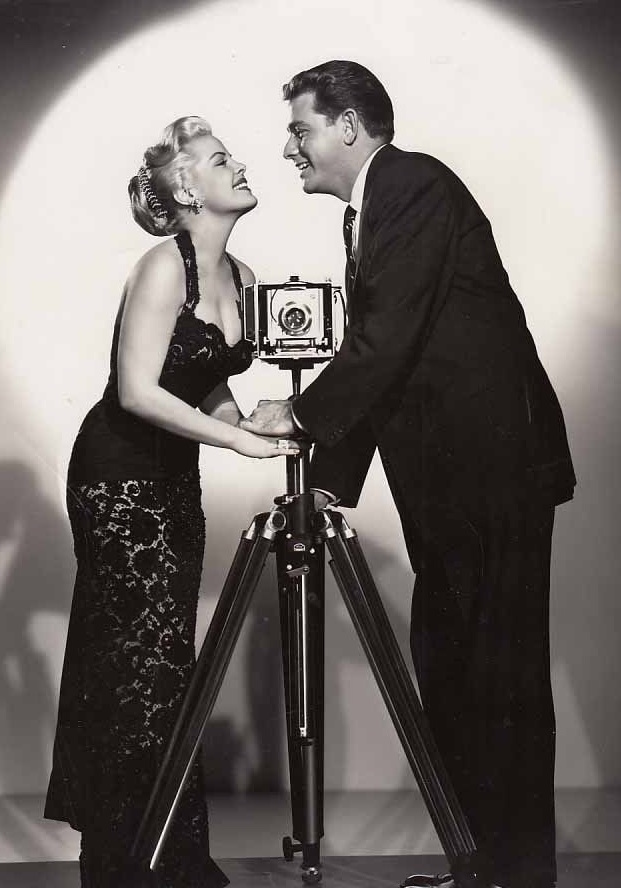
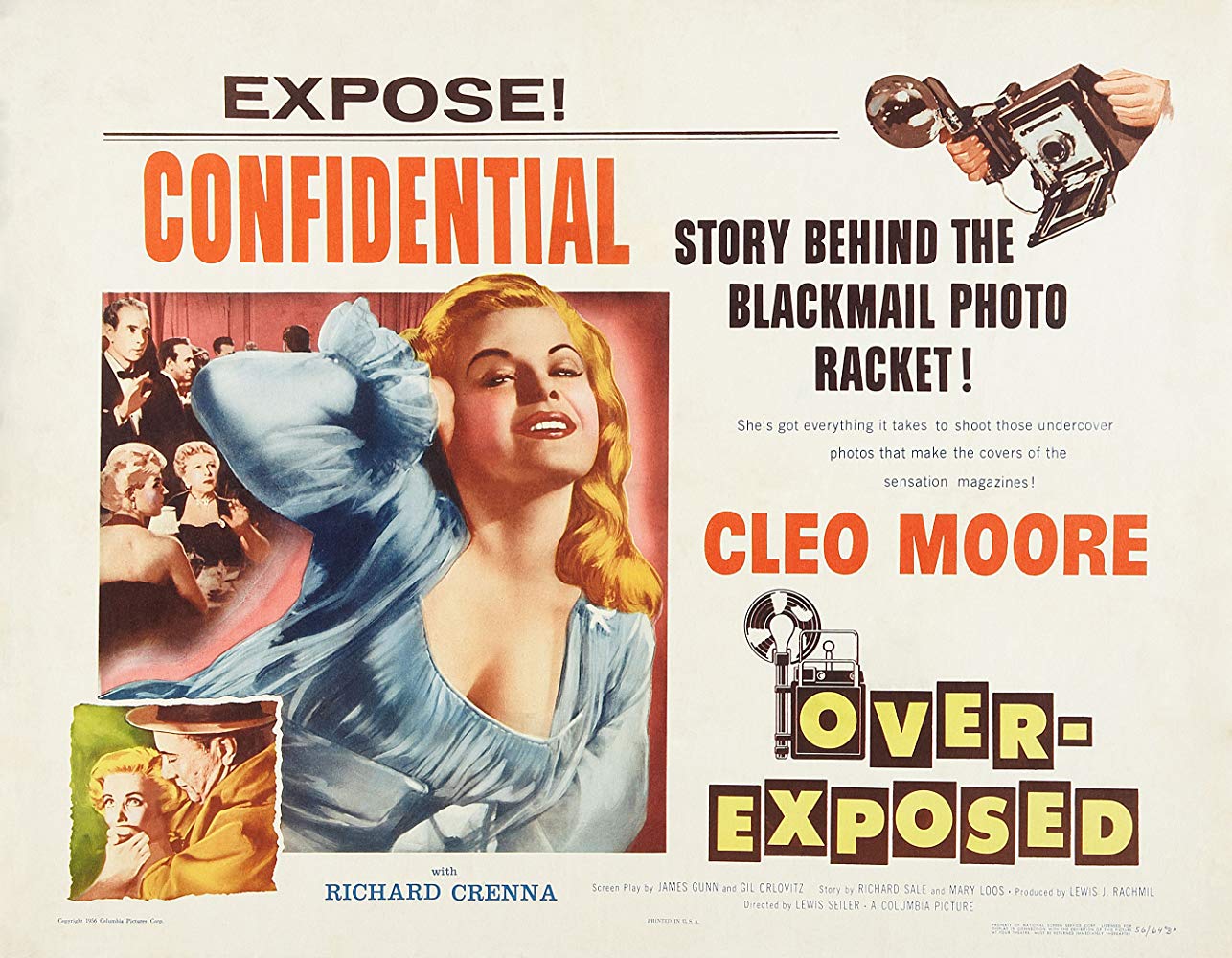
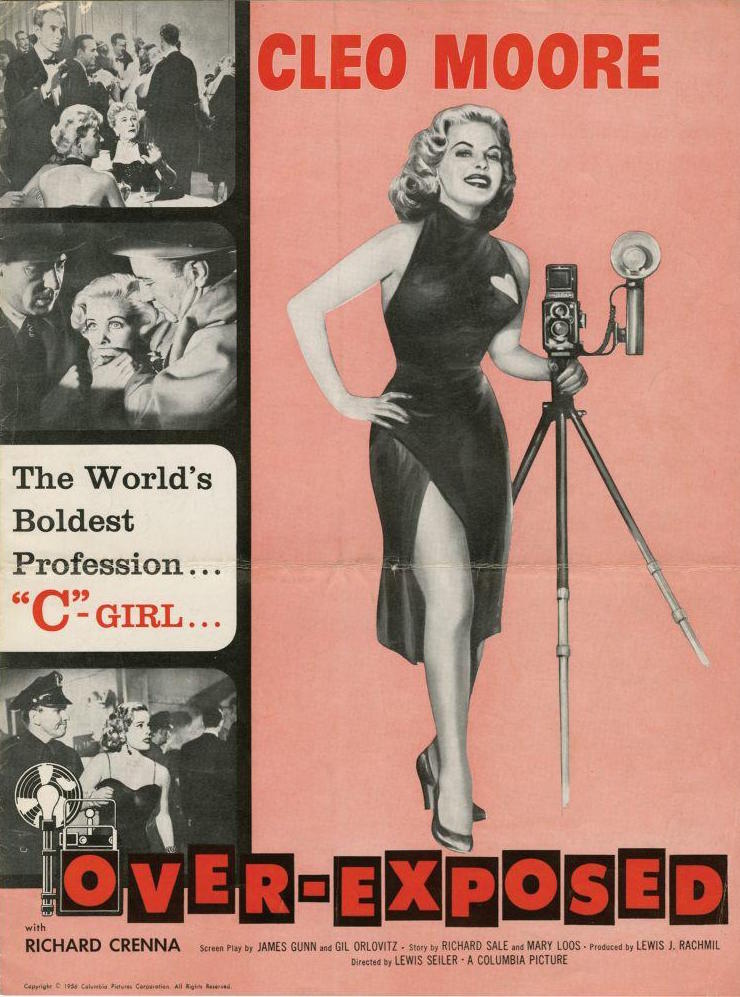
| Hollywoodland | Dec 13 2017 |

New tabloid serves up Russell, Monroe, and others.
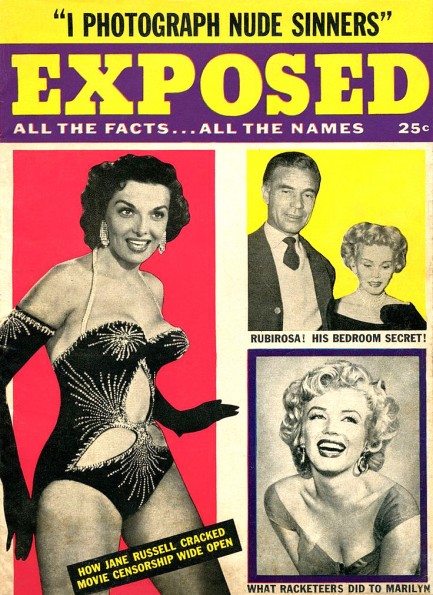
Jane Russell, wedged into an outfit that turns her boobs into footballs, graces the cover of the debut issue of Exposed, a high budget tabloid launched by Fawcett Publications in 1955. It arrived on a crowded newsstand already occupied by Confidential—then arguably the most circulated magazine in the U.S.—as well as Whisper, Hush-Hush, Uncensored, and similar publications. The get-up Russell is wearing is a costume from her starring role in 1954's The French Line, and we sort of assumed the shot had been at least slightly doctored,  and we seem to be correct. Judge for yourself at right. At least her boob punishment was offset by the fact that her outfit was too flimsy to include one of the deadly corsets that sometimes made their way around stars' waists.
and we seem to be correct. Judge for yourself at right. At least her boob punishment was offset by the fact that her outfit was too flimsy to include one of the deadly corsets that sometimes made their way around stars' waists.
 and we seem to be correct. Judge for yourself at right. At least her boob punishment was offset by the fact that her outfit was too flimsy to include one of the deadly corsets that sometimes made their way around stars' waists.
and we seem to be correct. Judge for yourself at right. At least her boob punishment was offset by the fact that her outfit was too flimsy to include one of the deadly corsets that sometimes made their way around stars' waists.Russell is in Exposed to illustrate a story about sex in cinema, but she isn't the most exposed occupant of the magazine. That would be Marilyn Monroe, whose famous Playboy nude is reprinted for a story about hustlers reprinting her photos. We'll just assume Exposed licensed their Monroe shot. Apparently, though, those other miscreants were selling her likeness by the thousands without permission and without compensating Monroe. Exposed shows her in court testifying for prosecutors. The prosecution may have won its case in 1955, but in the here and now Monroe is sold from Tegucigalpa to Manila, unlicensed all of it. Which just goes to show the more things change the more they stay the same.
Probably the highlight of the issue is a long story about detectives who make their living catching cheating couples in action. Exposed offers up numerous photos of these pairs caught in the act in motel rooms and secluded homes. Are these photos real? Well, we have our doubts. Even the most cleverly posed action shots have those intangibles that mark them as fakes, but that's just our opinion. Judge for yourself. Elsewhere in Exposed you get “Sophie” Loren, Errol Flynn, Marguerite Chapman, Franchot Tone, and other big time celebs.
We're pretty proud of this acquisition. It wasn't terribly expensive, but we've seen it priced much higher than what we paid. Maybe down the line we'll flip ours for a tidy profit. But that's what we always say. Much to the Pulp Intl. girlfriends' chagrin, our office just piles higher and higher with mid-century ephemera and we haven't sold a single piece yet. Exposed goes to the top of the precariously tottering pyramid. We have about thirty-five scans below, and plenty more tabloids on the way.
